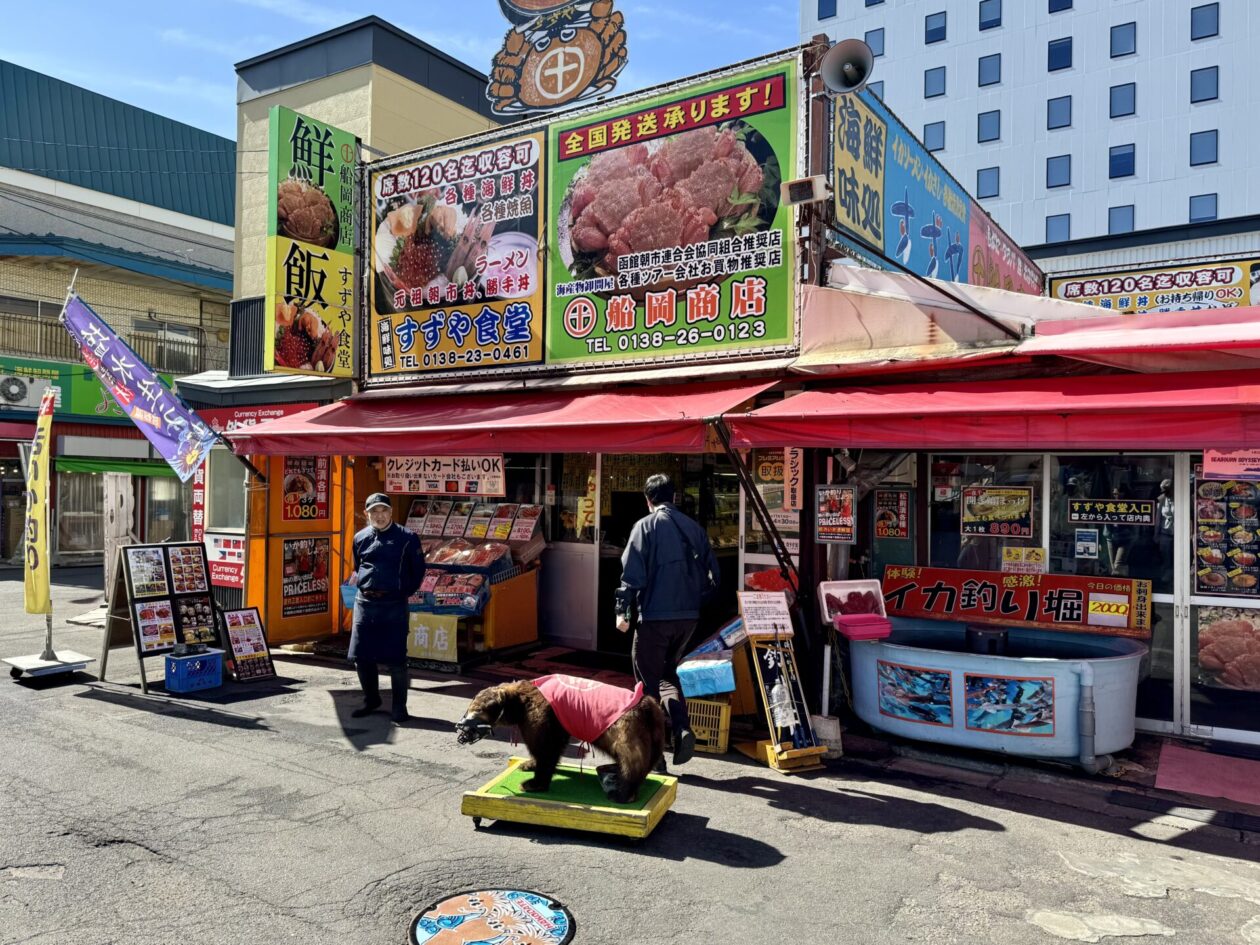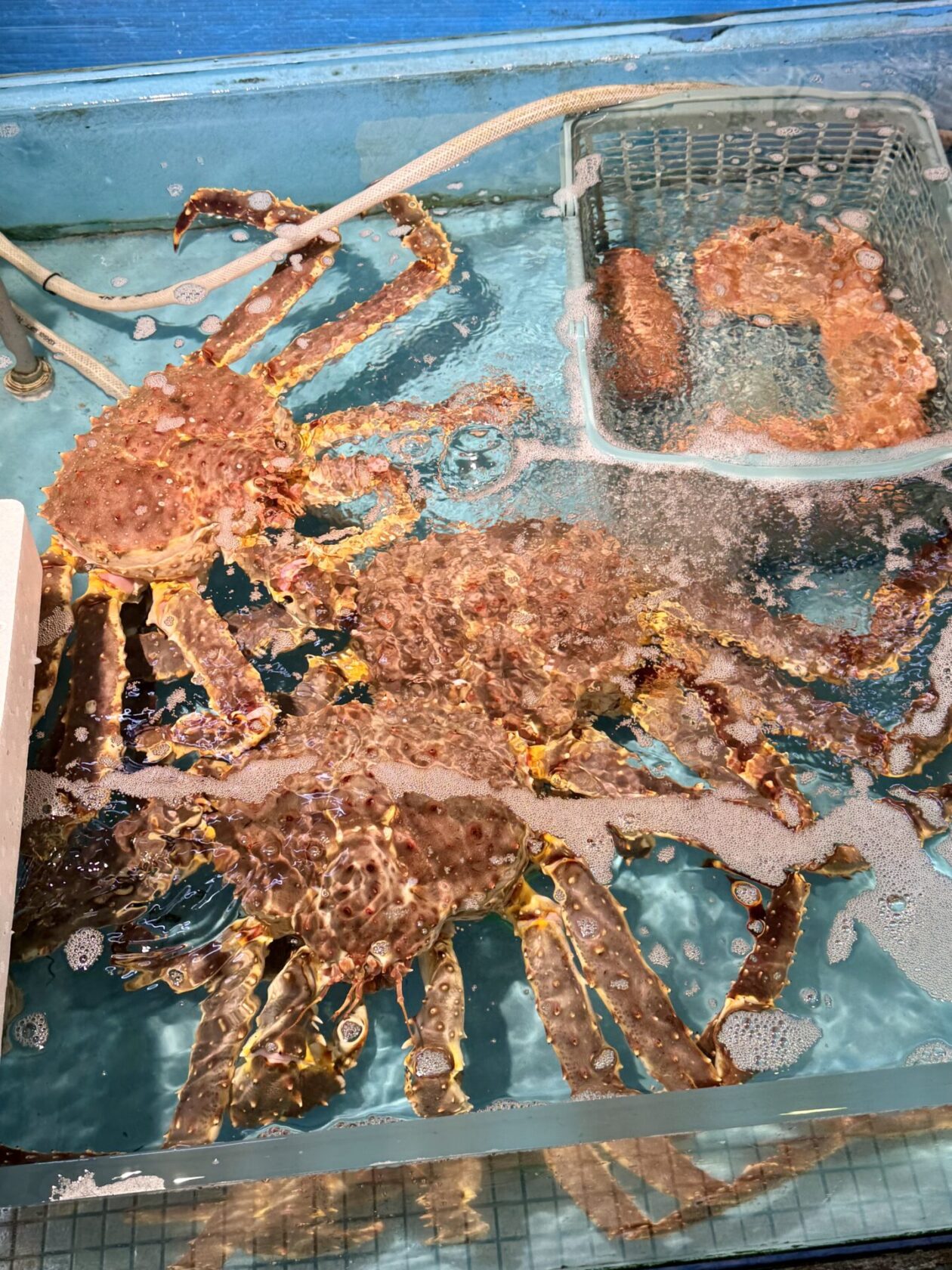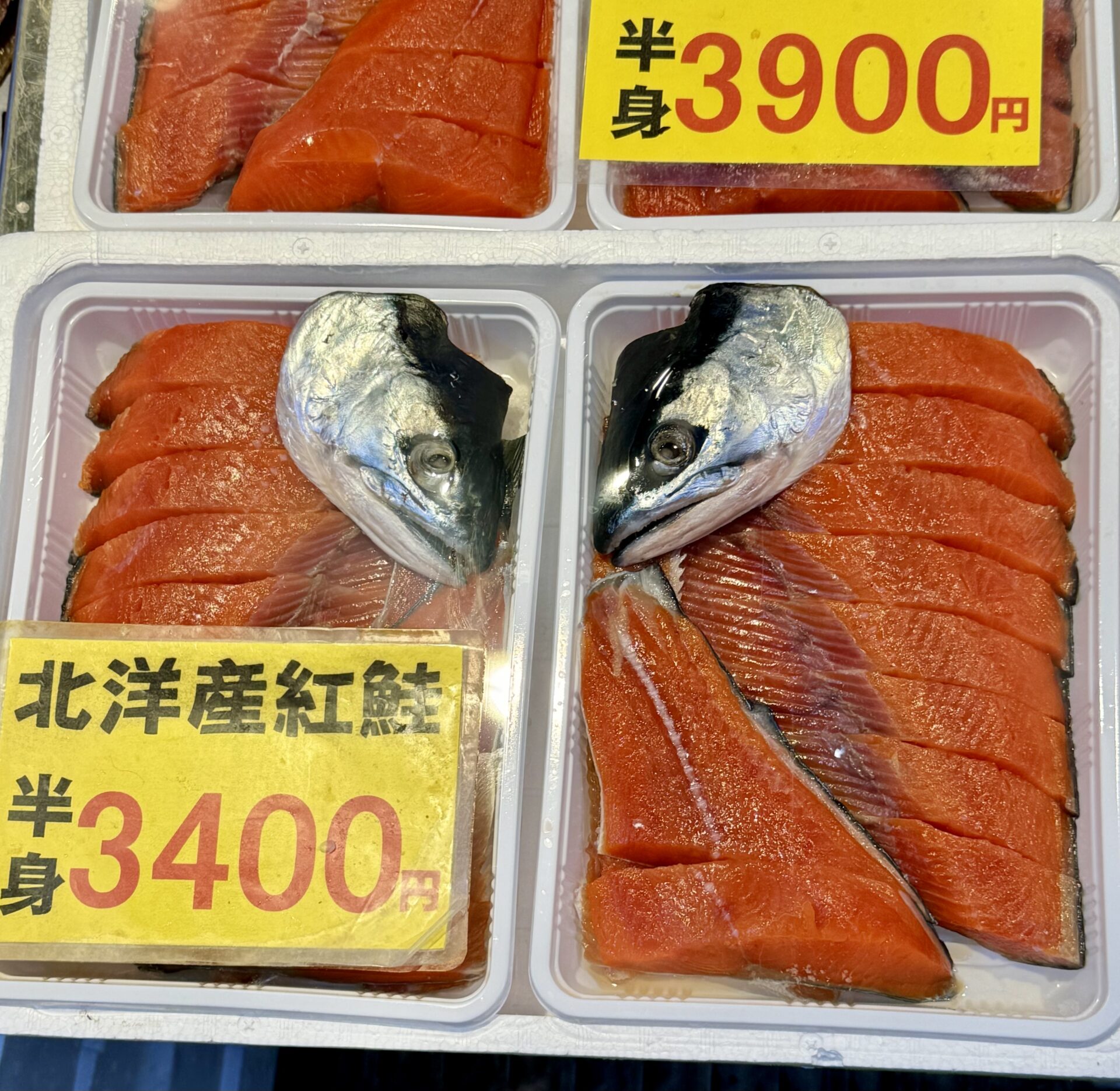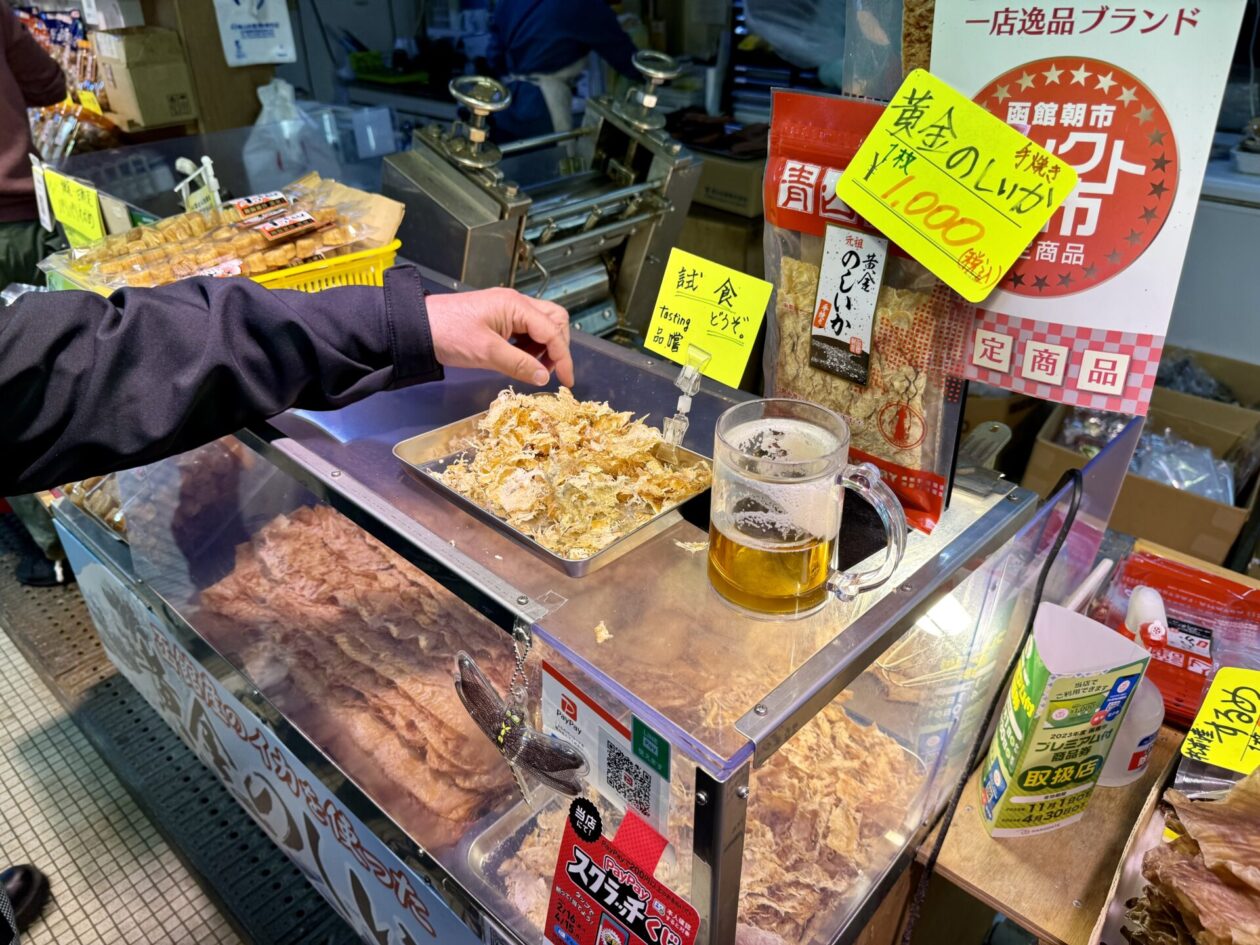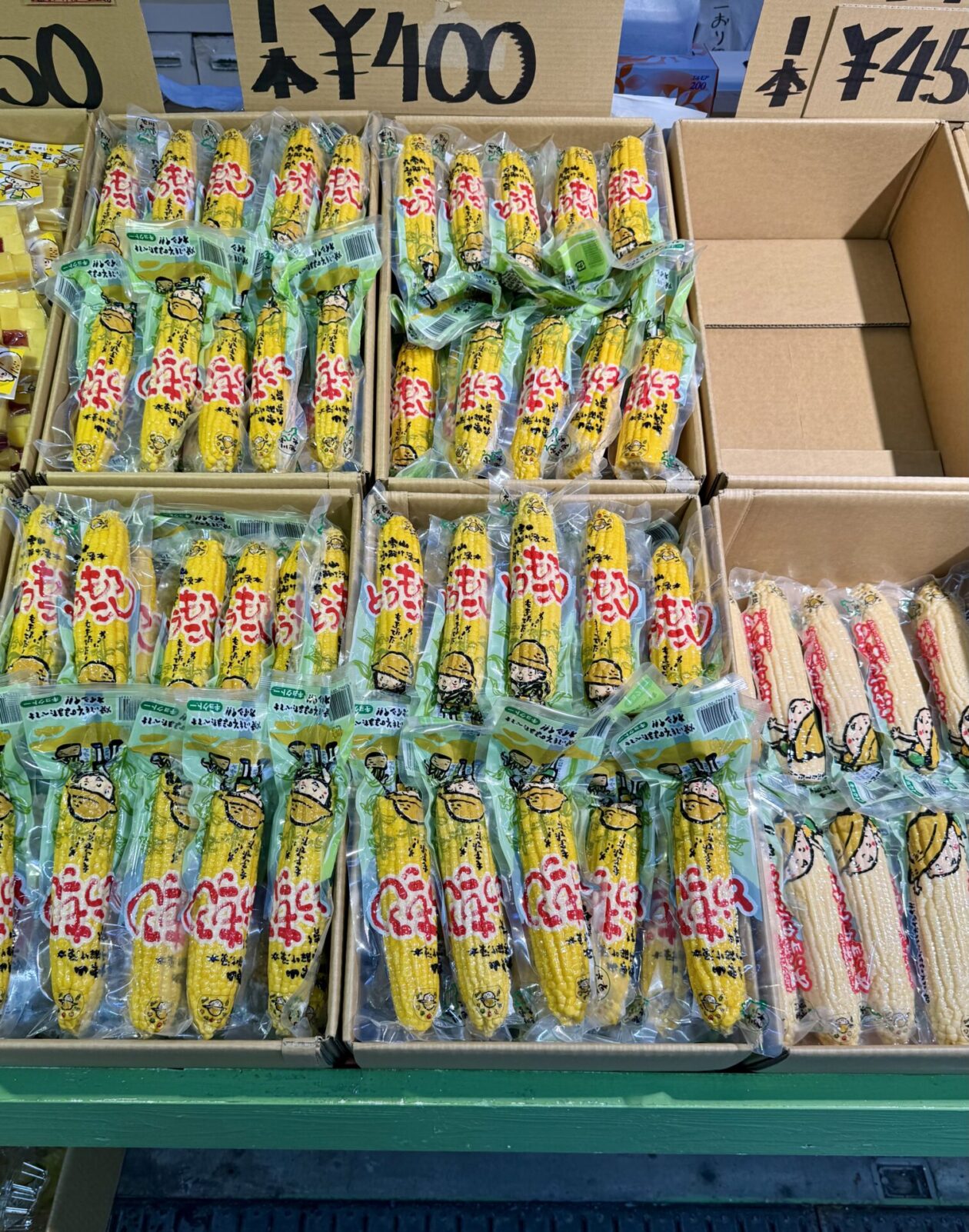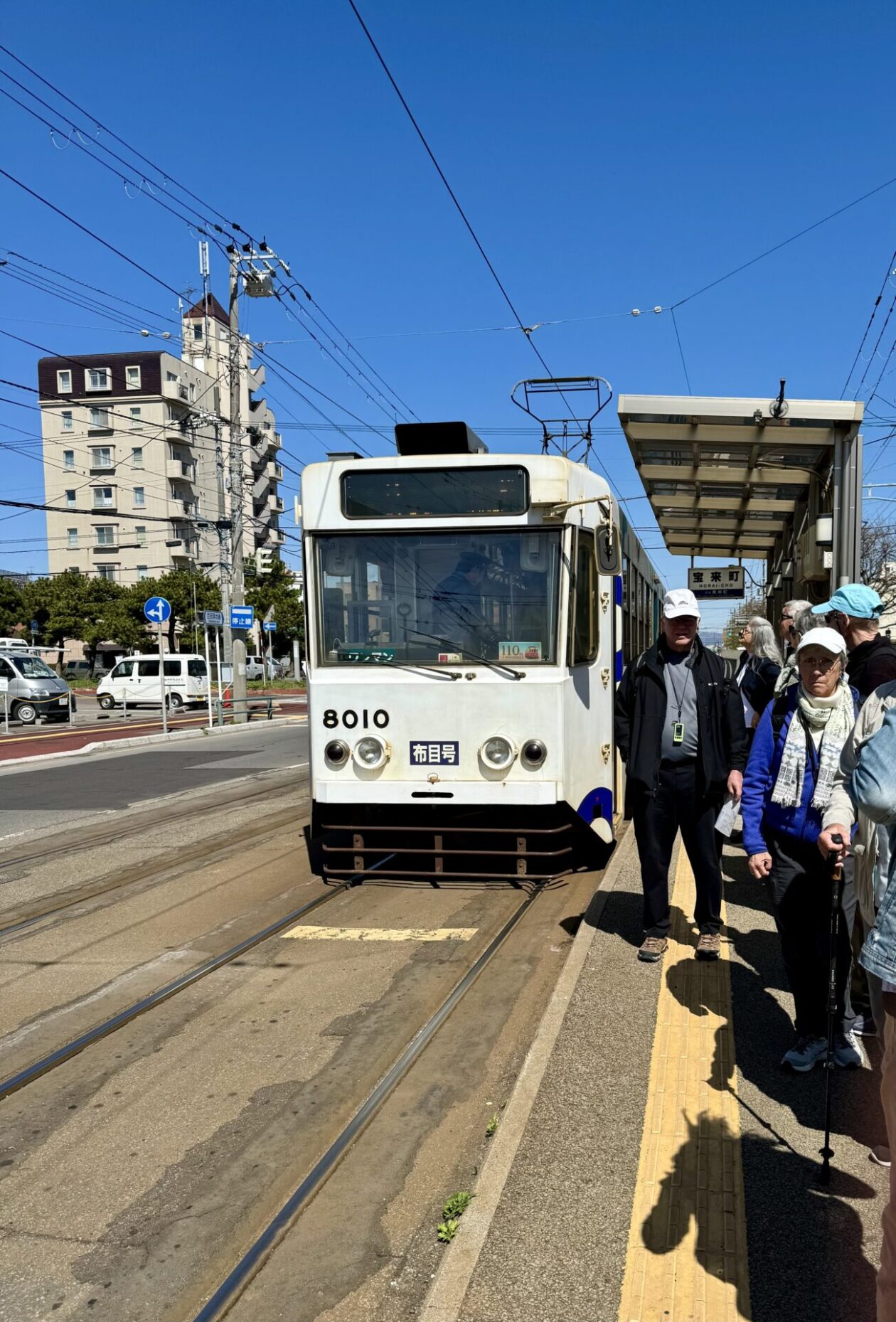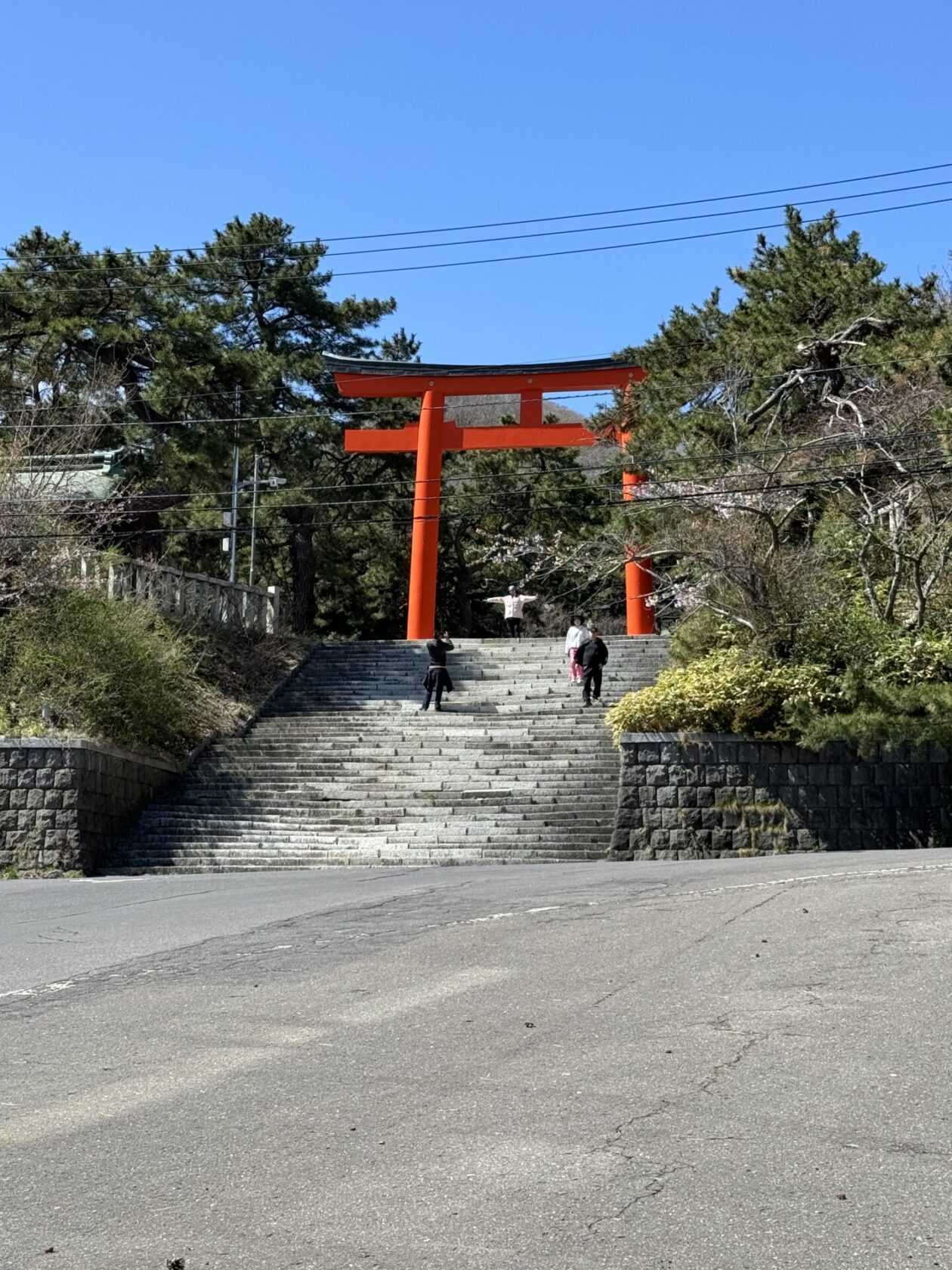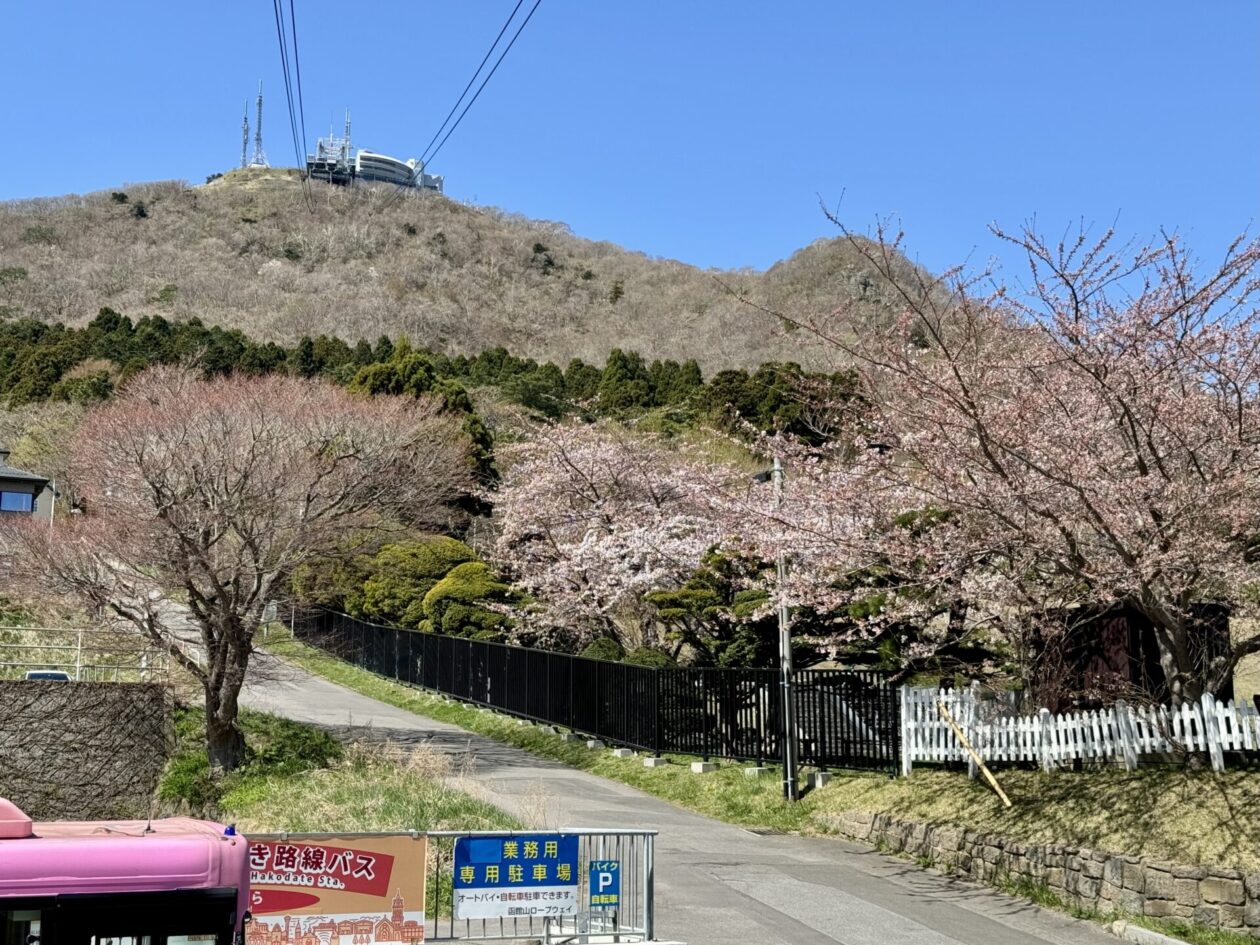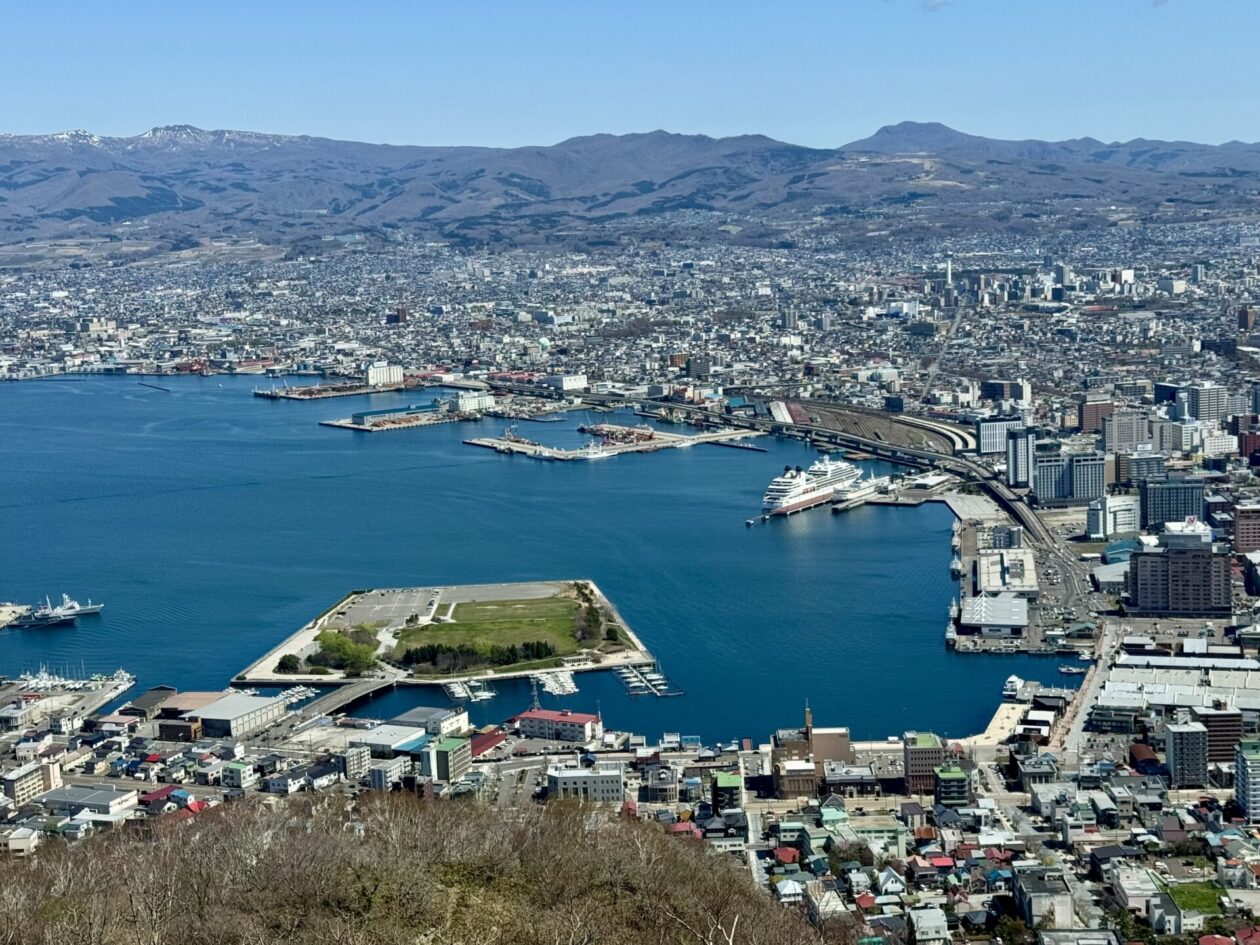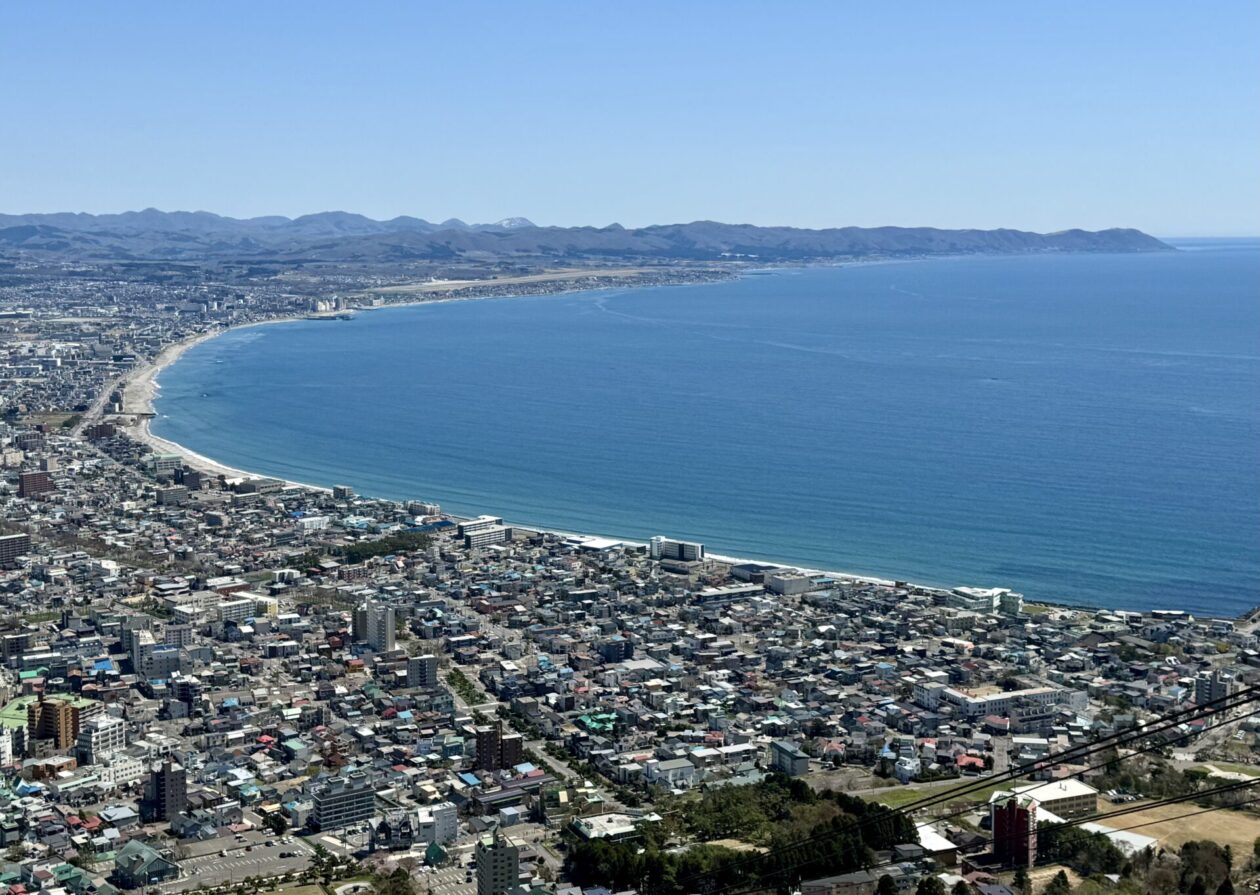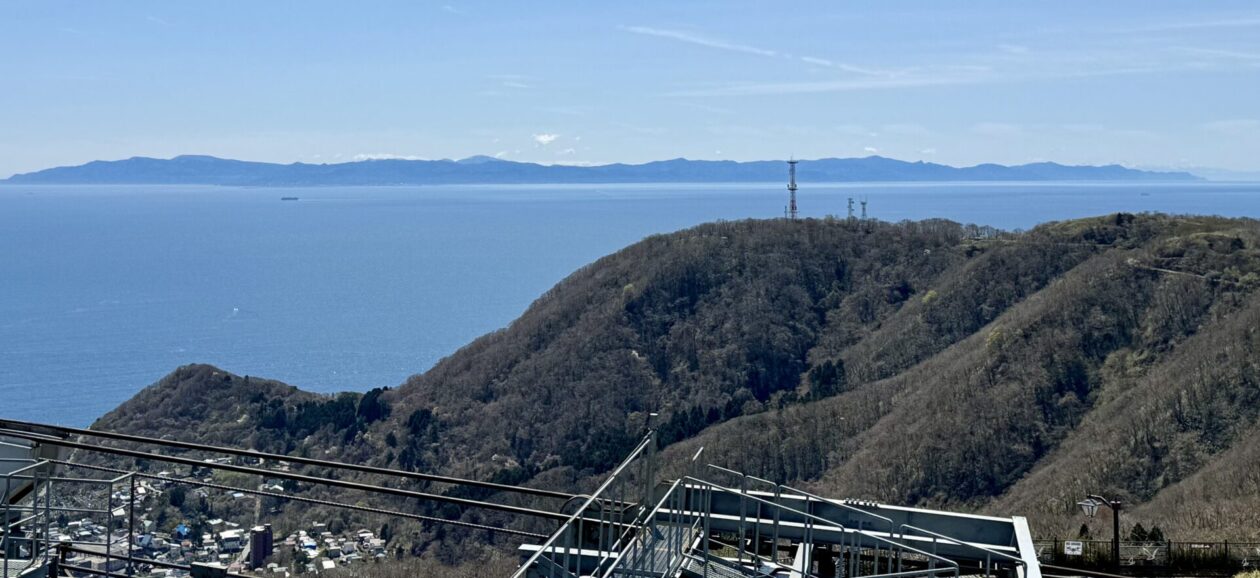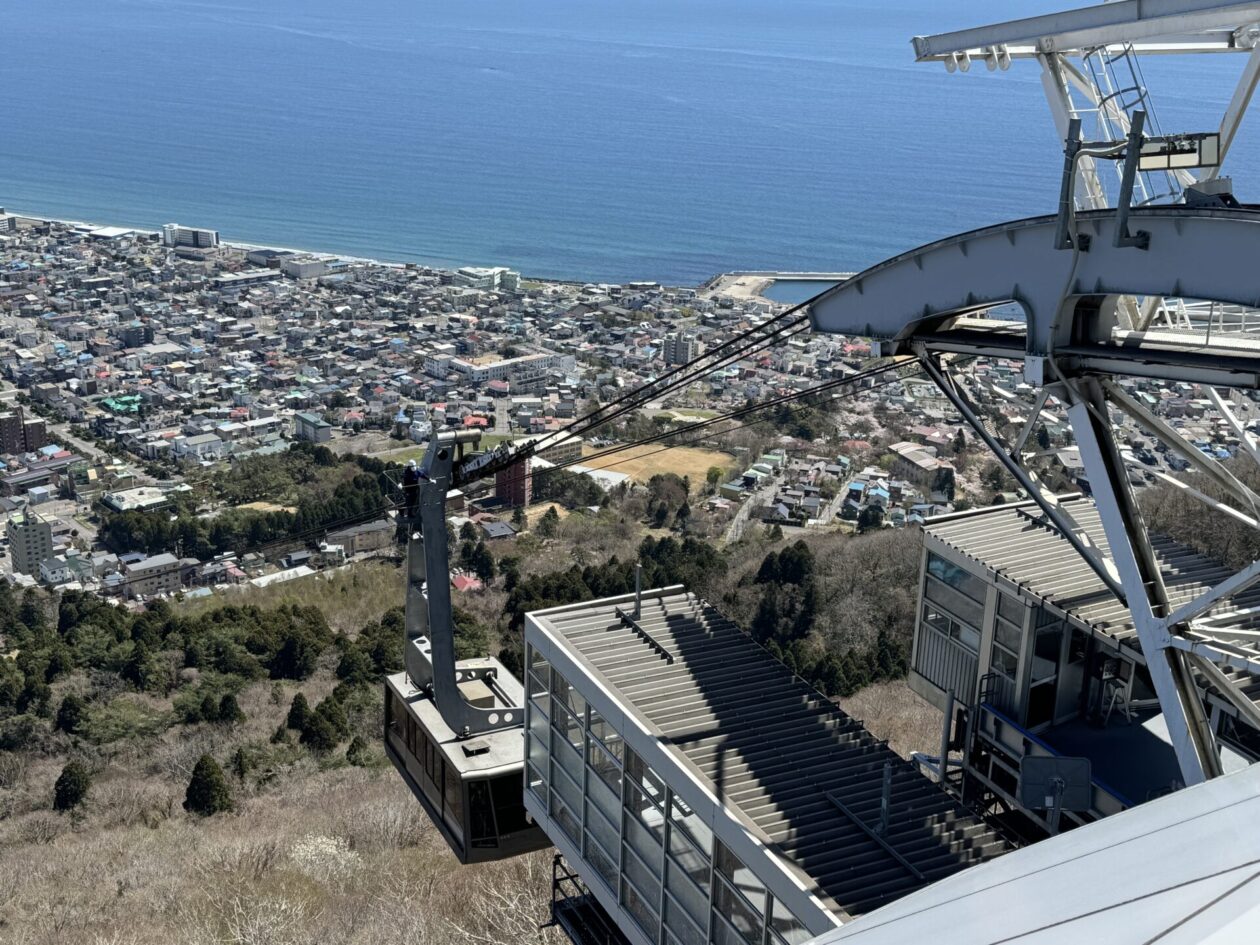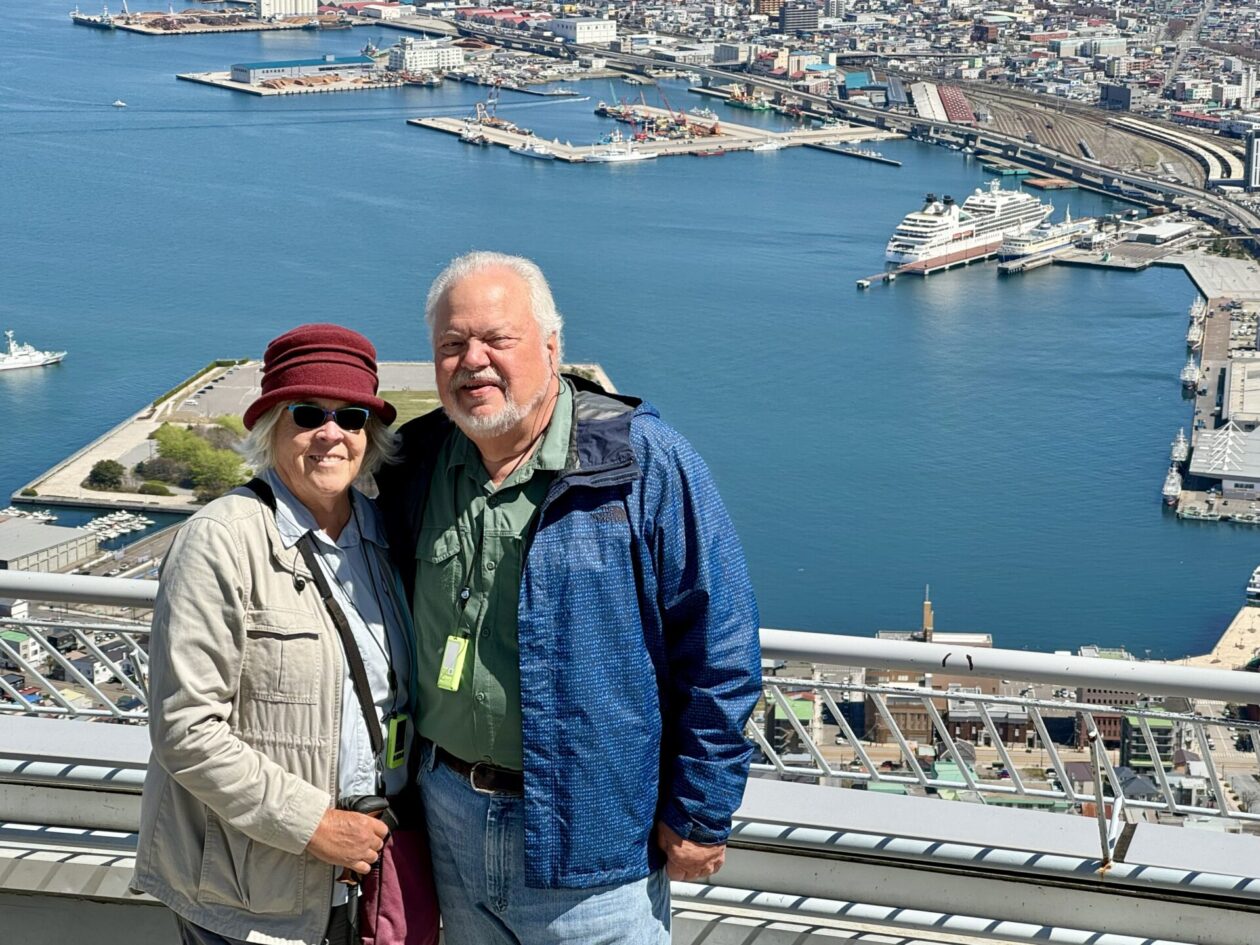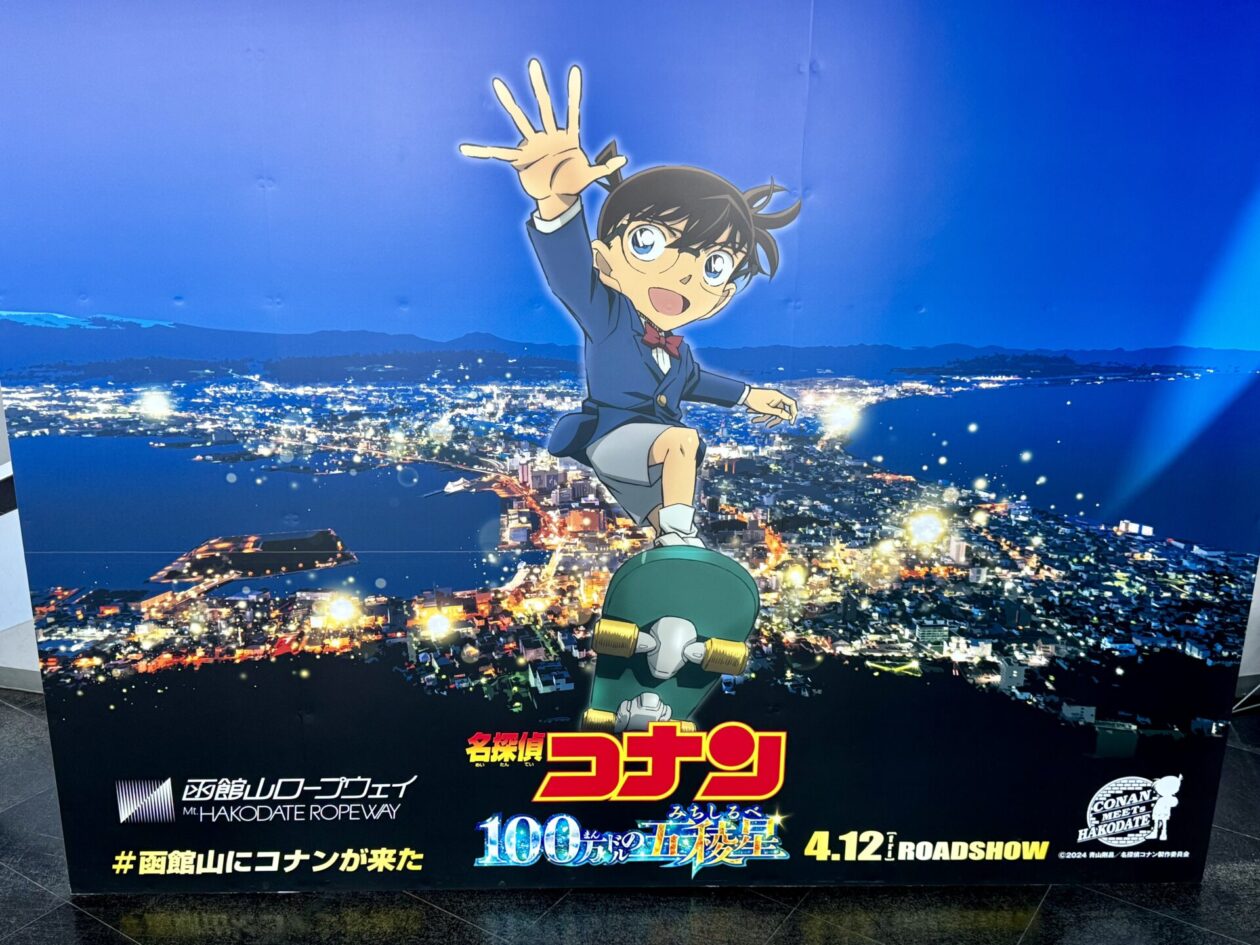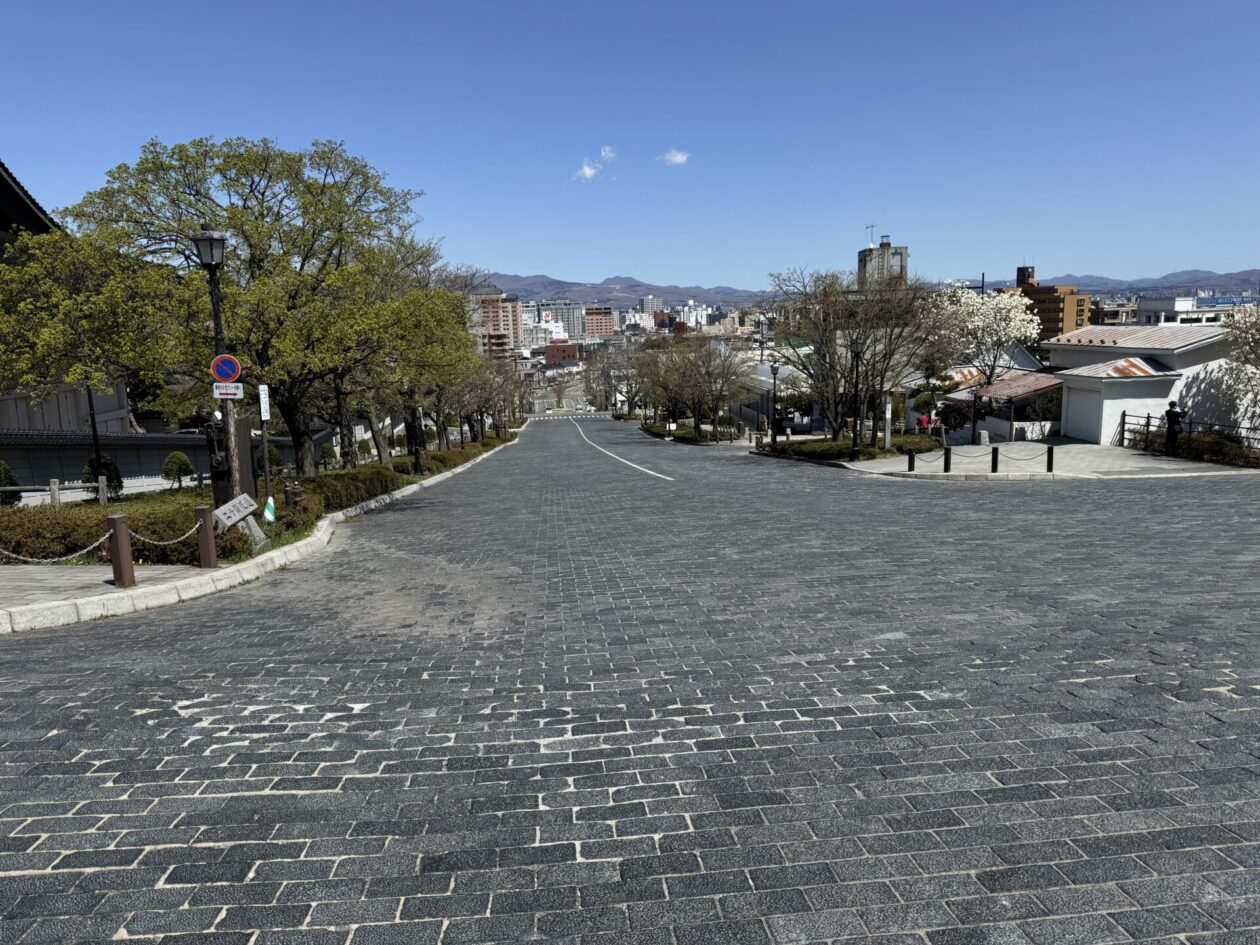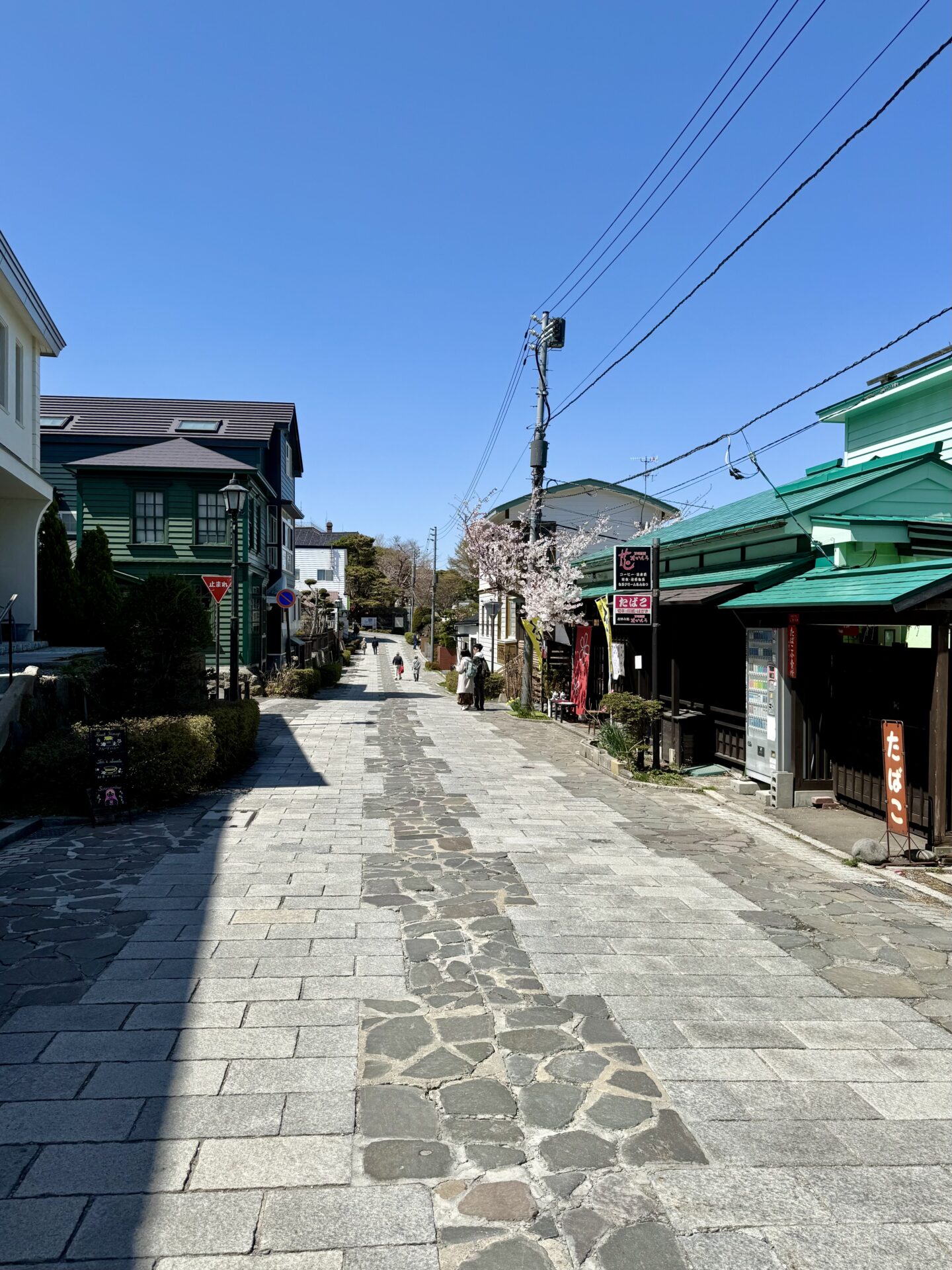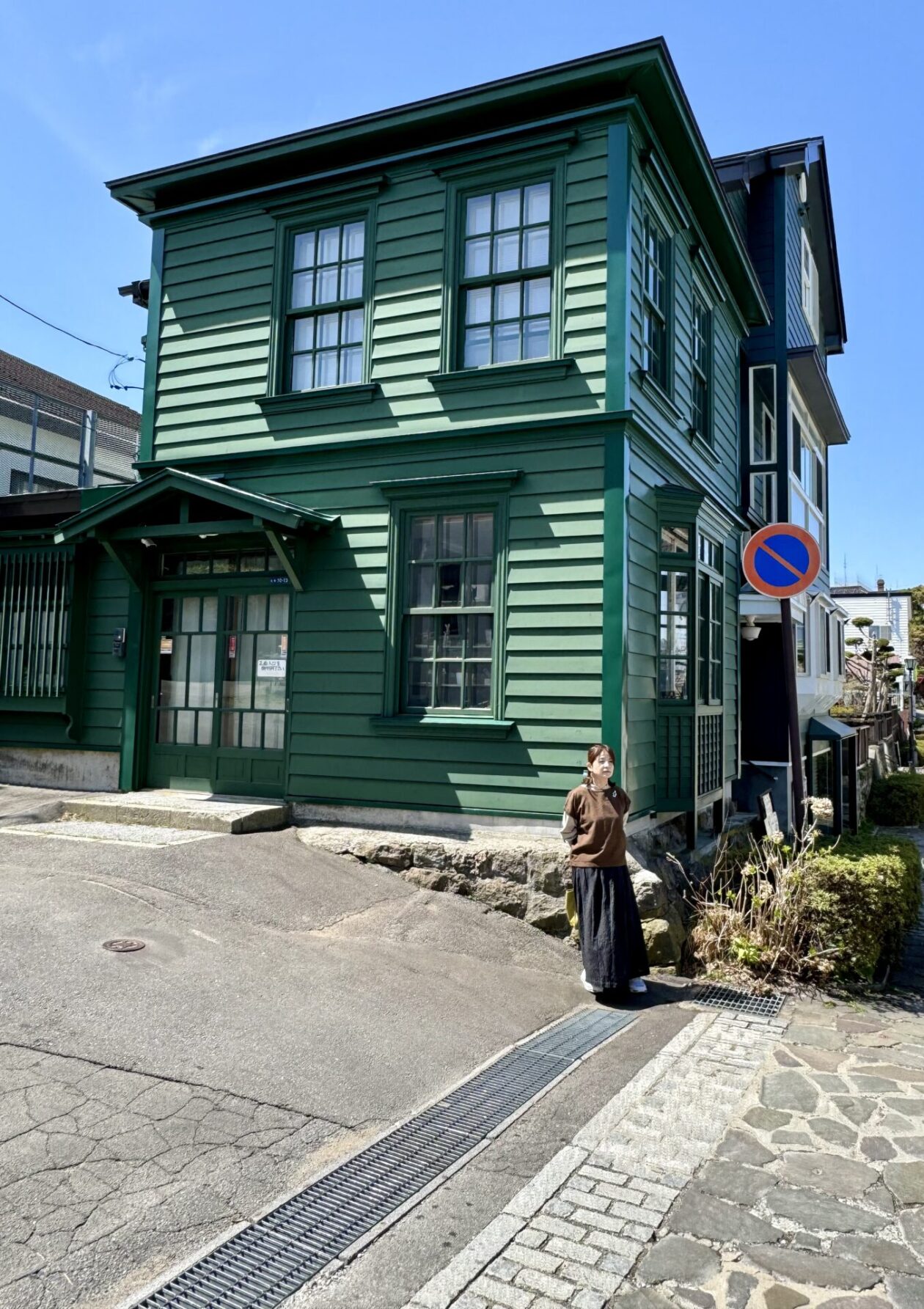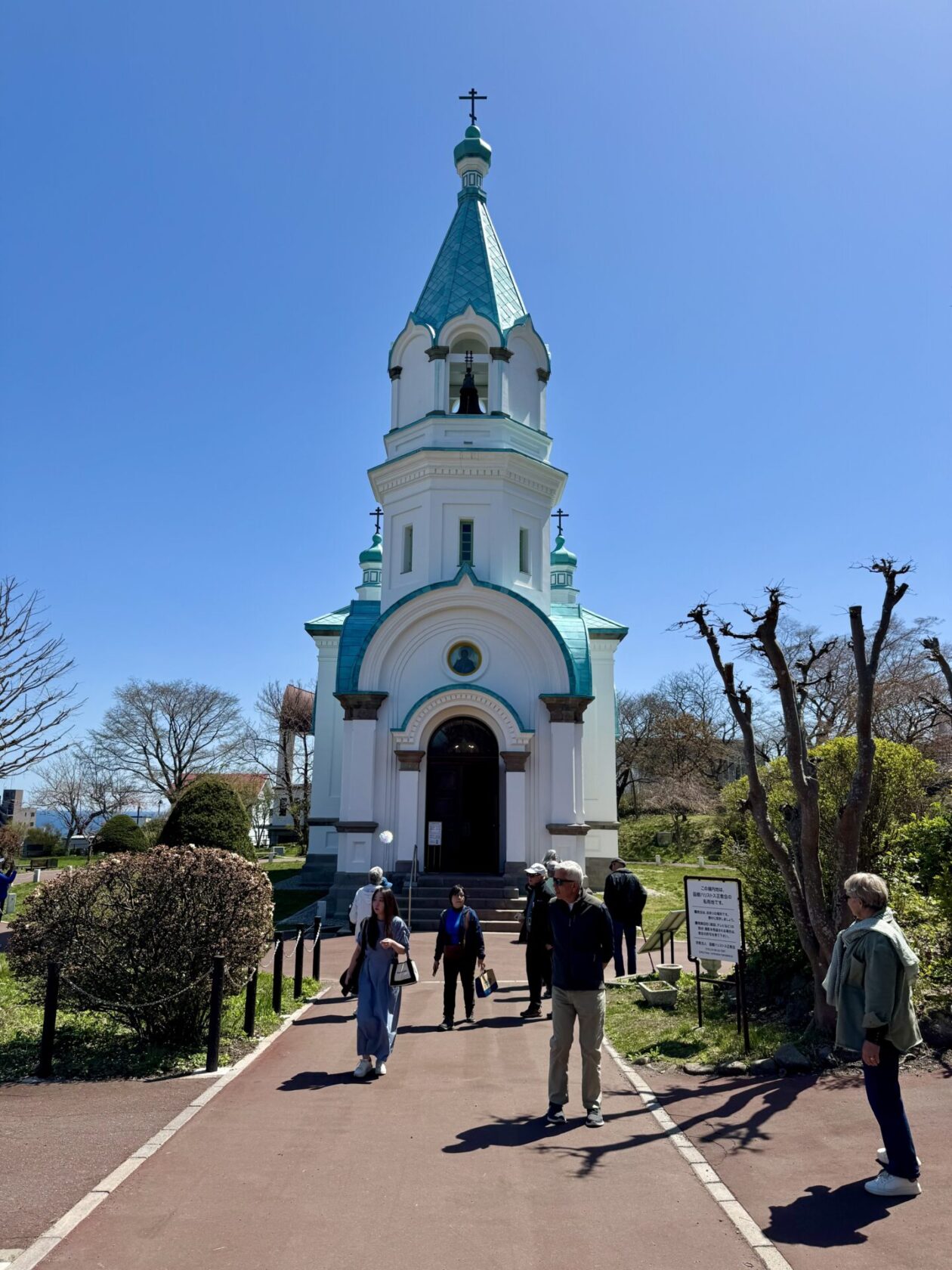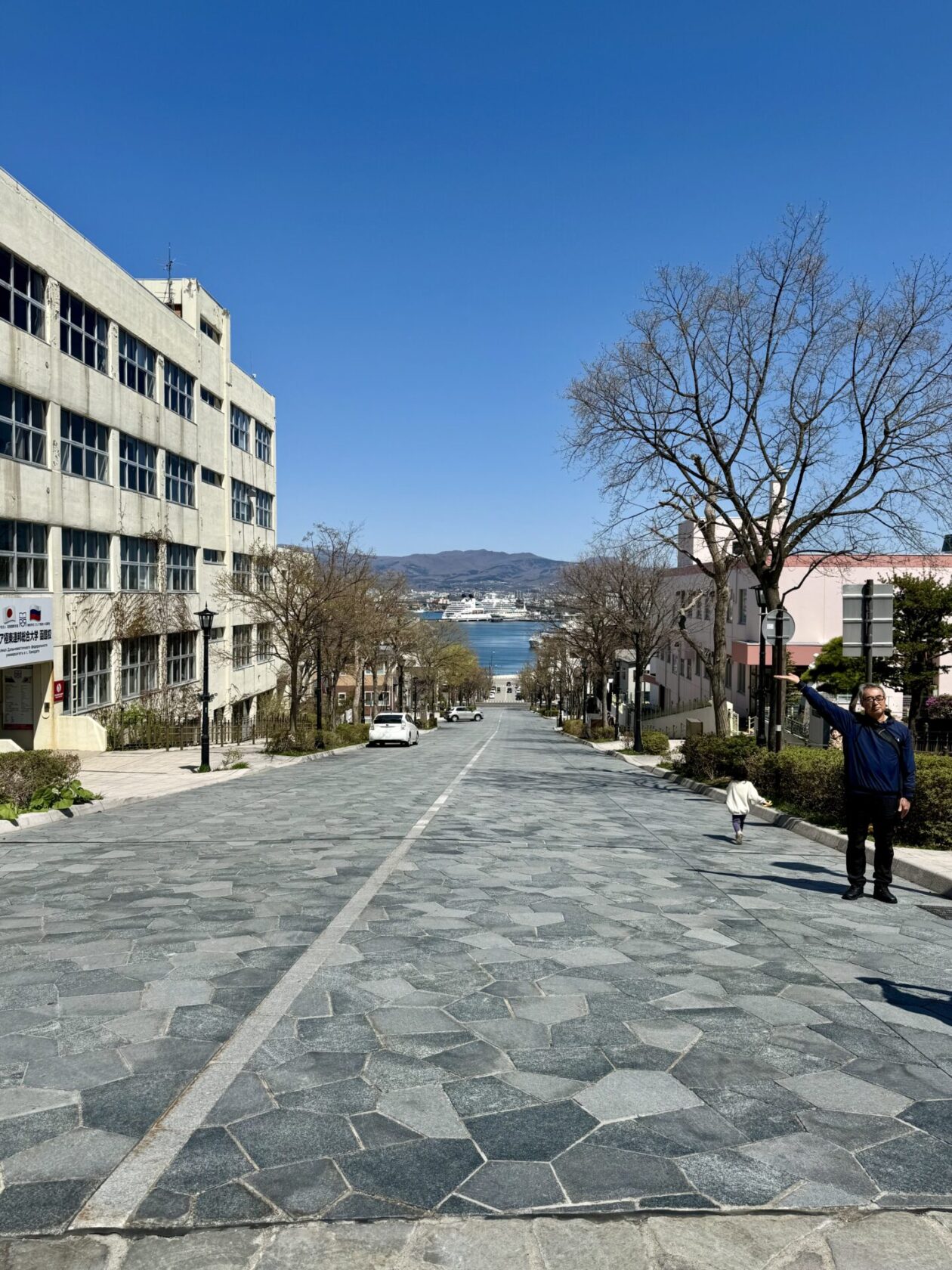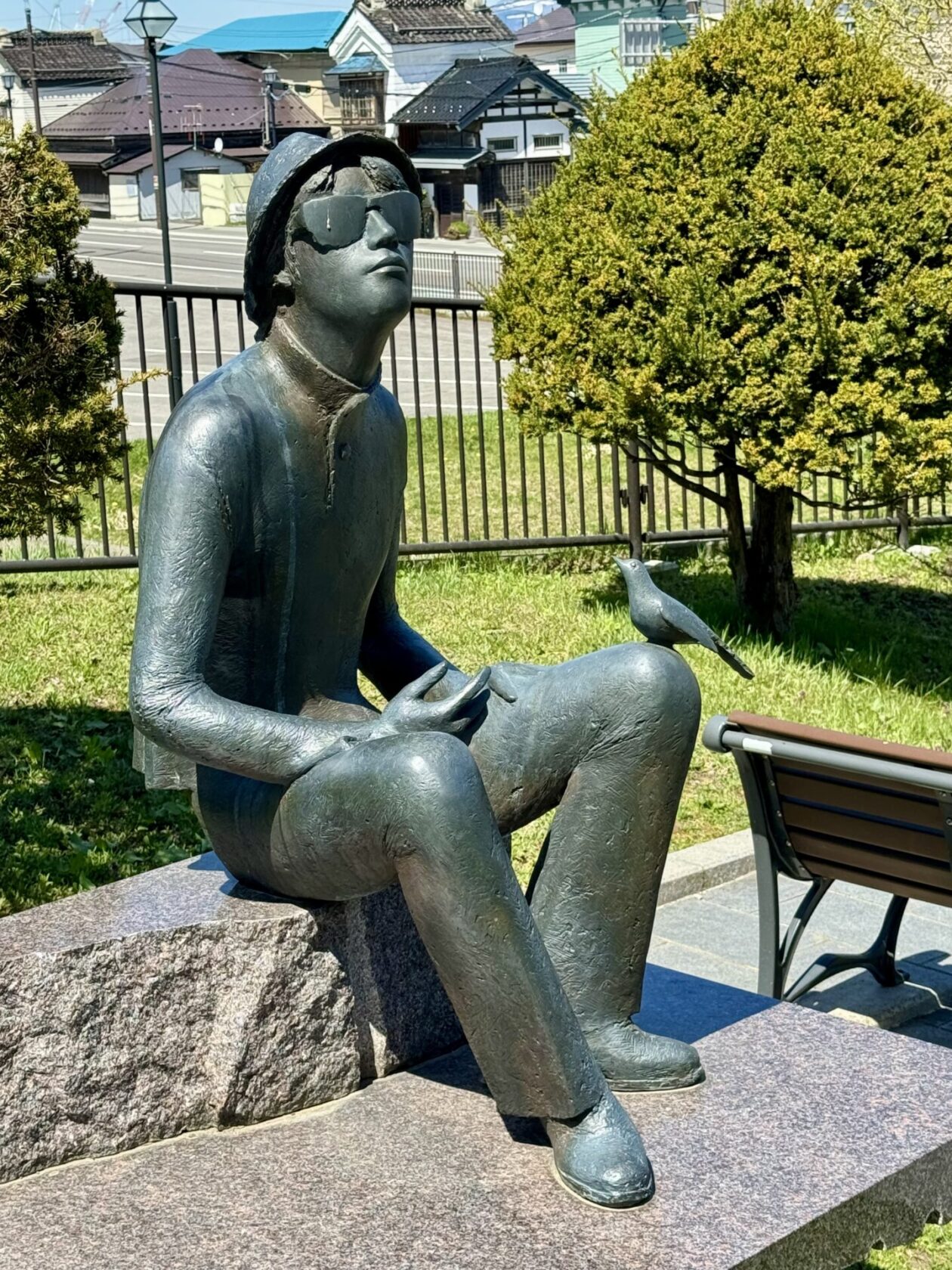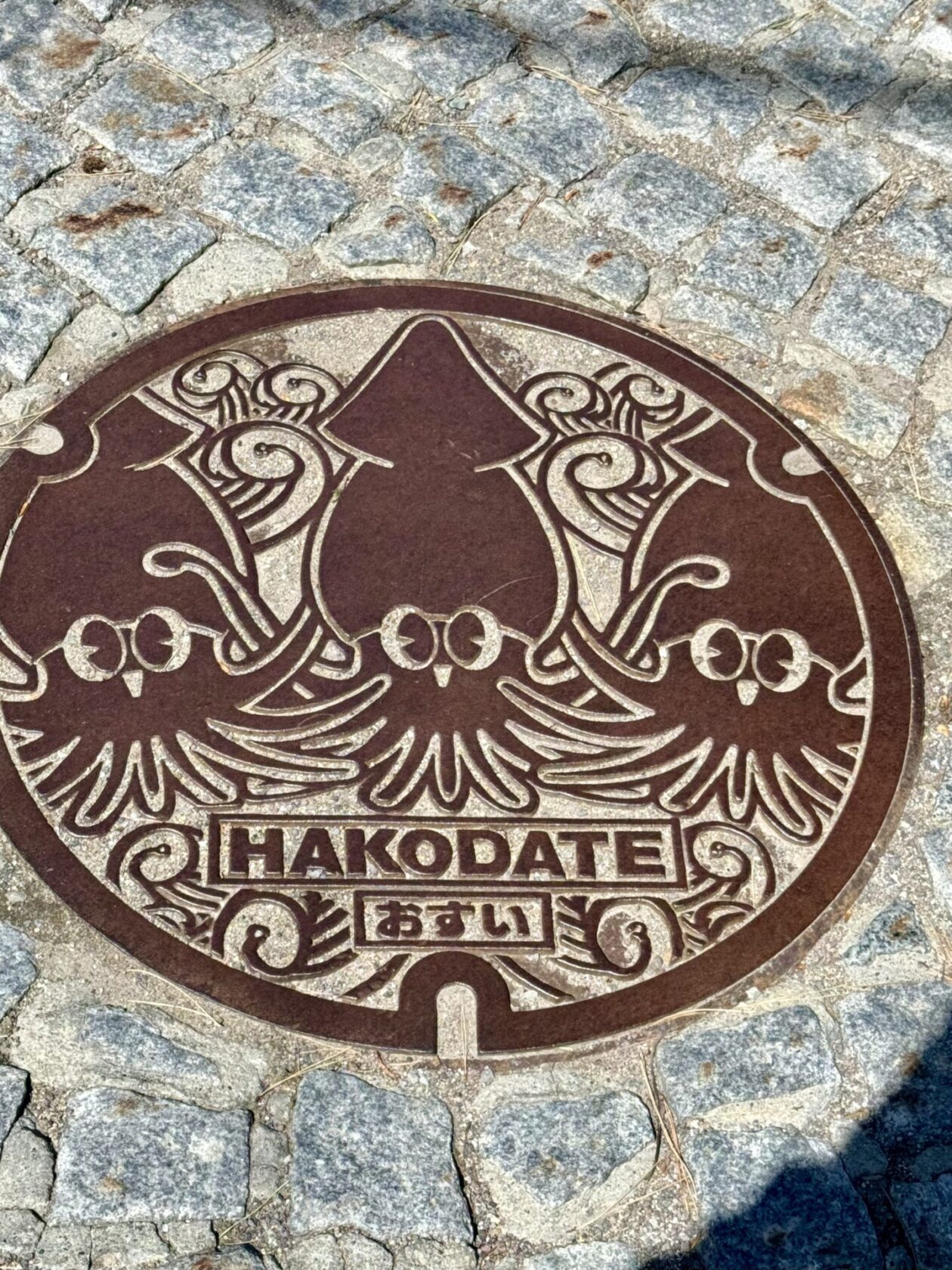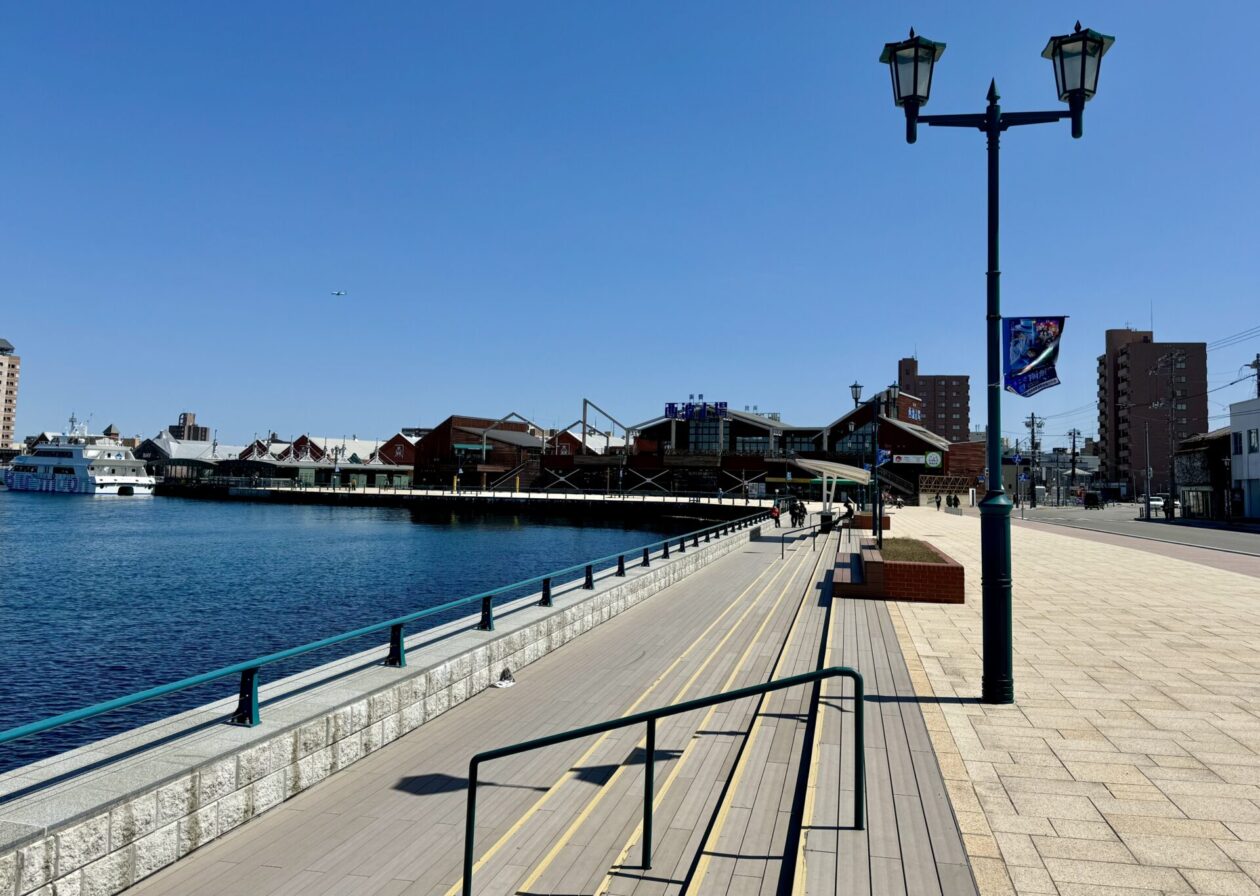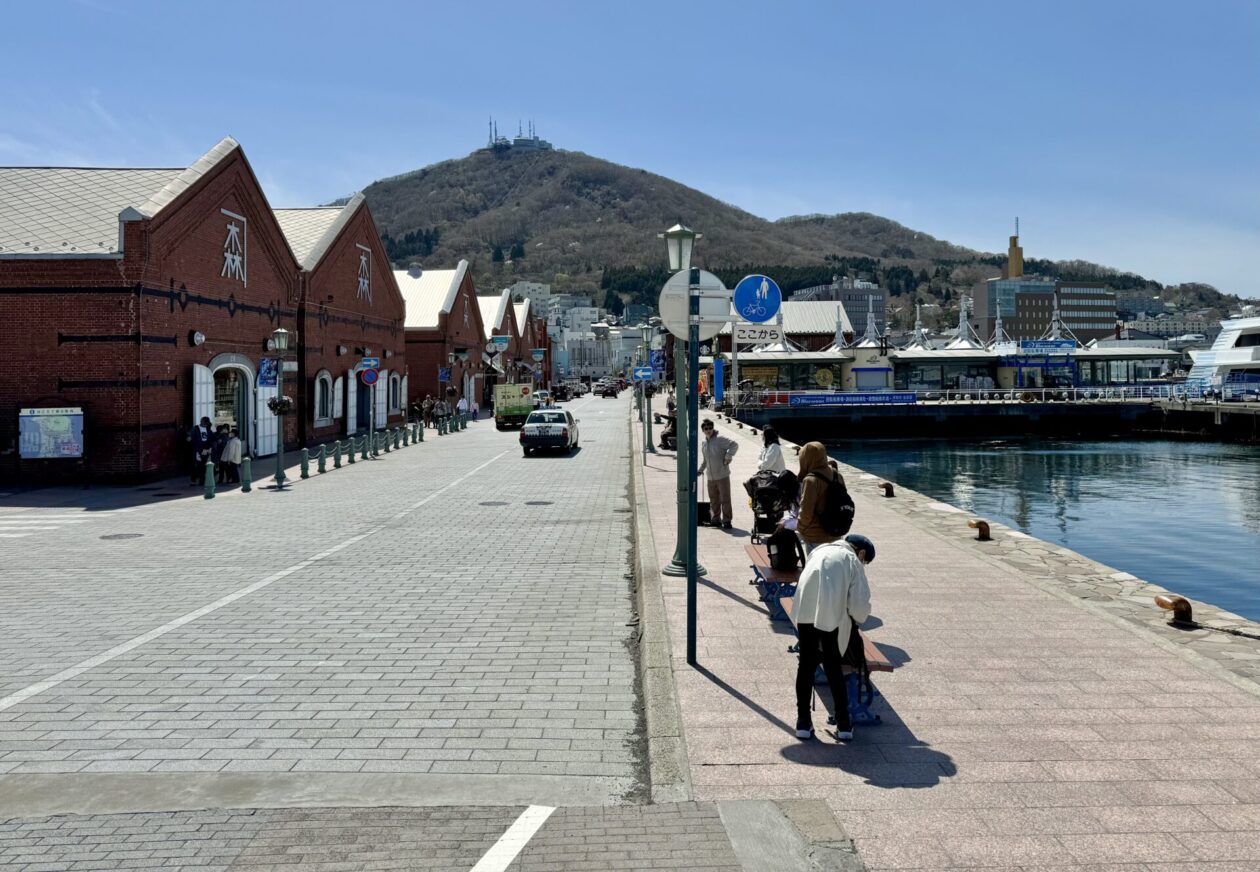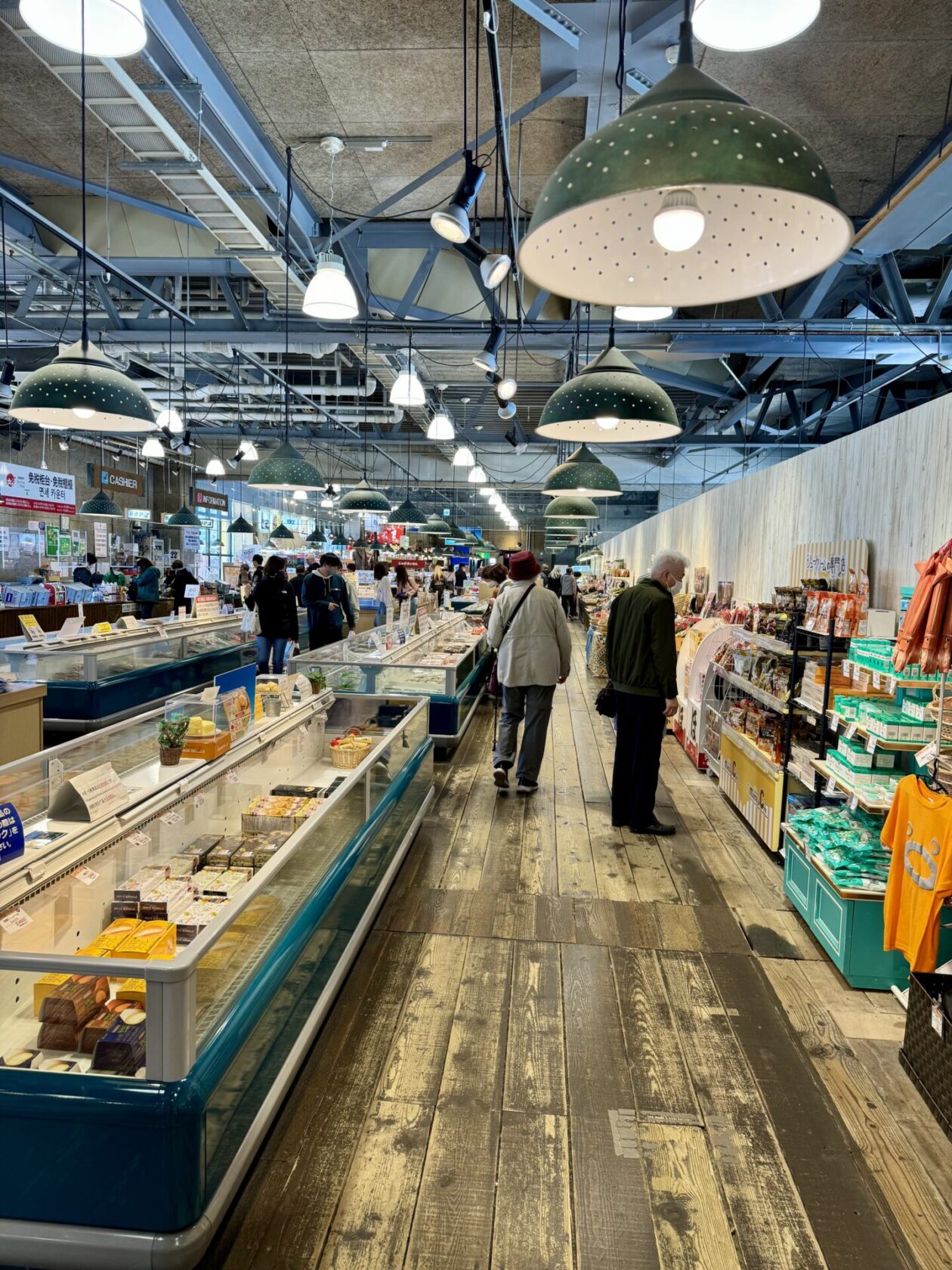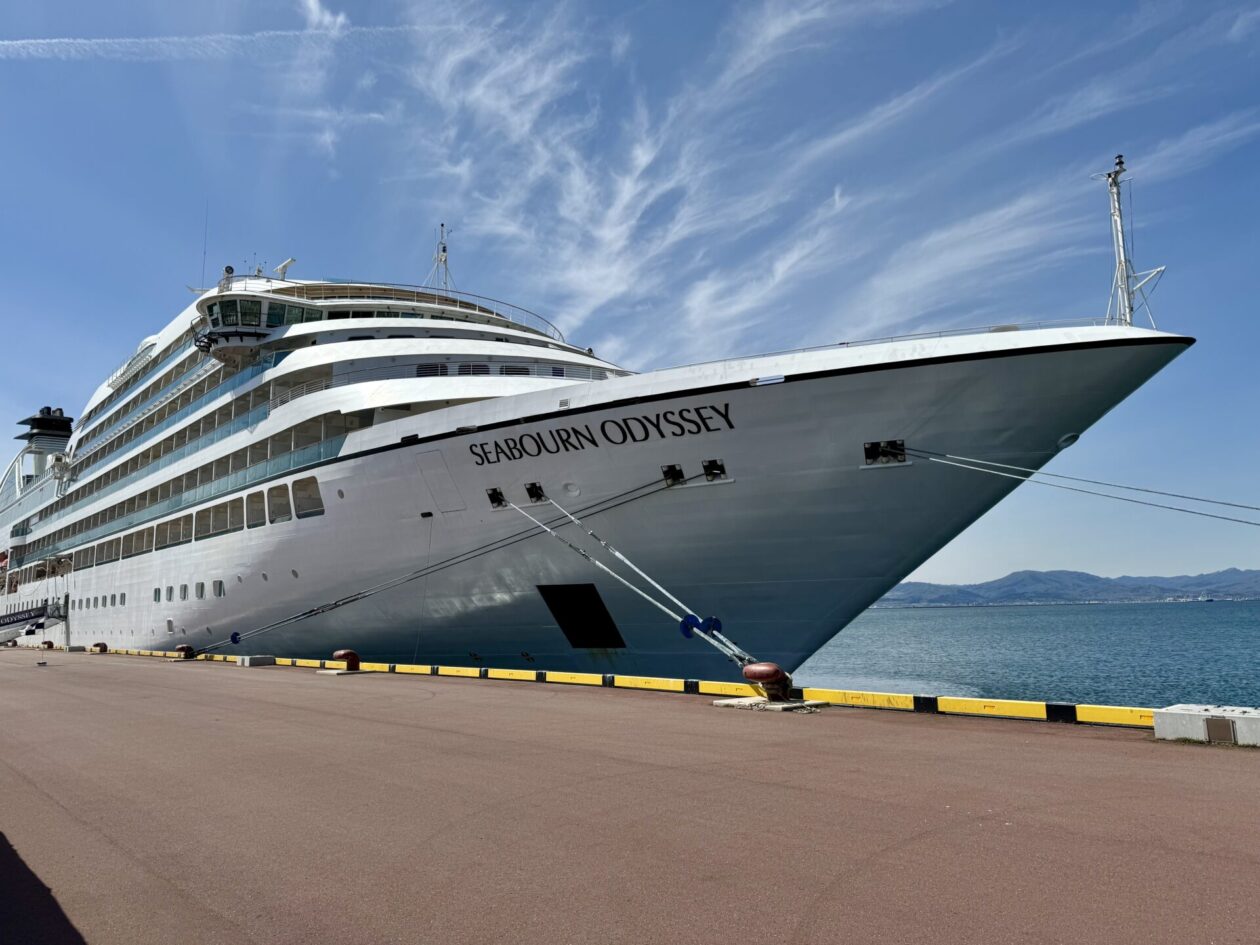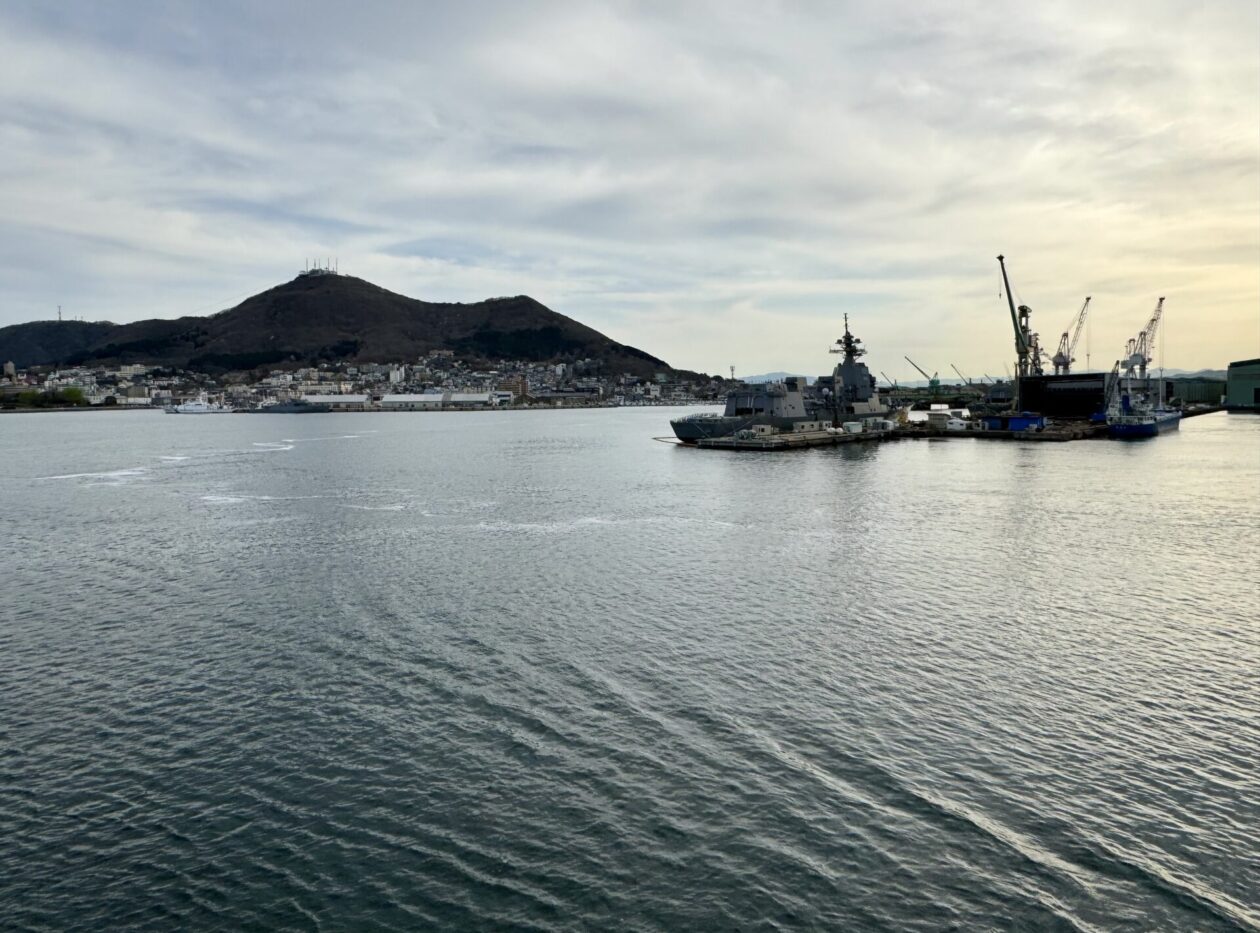- Northern Pacific Wanderings 2024 — here we go!
- Enjoying a few days in Hong Kong
- A day in Kaohsiung and Tainan, Taiwan
- A quick trip to the Penghu Islands
- Two Days in Taipei, Taiwan
- Naha, Okinawa
- Two days in Beijing
- Two days in Incheon and Seoul, South Korea
- Jeju Island, Korea
- Busan, Korea in a day!
- Nagasaki, Japan
- Arita, Japan
- Miyajima and Hiroshima, Japan
- Kyoto’s Bamboo Forest and Rock Garden
- Matsushima, Japan
- Hakadote, Japan
- Kushiro, Japan
- Dutch Harbor….er, Unalaska, Alaska
- Kodiak, AK
- Homer, AK
- Glacier Bay National Park and Preserve, AK
- Sitka, AK
- Klawock and Craig, AK
- A Nanaimo, BC, Canada drive by
- Vancouver BC, end of trip, and final thoughts
Up to this point, our tour in Japan has taken place on the two largest islands that make up the country — Honshu and Kyushu. Today, we made the first of two port visits in Hokkaido, the northernmost island. And, as you might expect, the temperature is definitely cooling. We visited Hokkaido for Christmas back in 2016, but spent our time in Sapporo and an onsen in the countryside. Hakodate was a completely different experience though. It has had a lot of Western influence over the years because it became one of the first Japanese port cities to open up to international trade after Japan’s period of isolation in 1854. As a consequence, a fairly large expat population grew, settling into one part of the city and definitely influencing the architecture and culture of the city.
Today, we toured around parts of the city using the tram, cable car, and a lot of shoe leather. Right off the bat, I was struck with how clean and orderly the city was, as well as how friendly people were. Of course, the people in Hokkaido are physically and culturally different than their Japanese neighbors. The Ainu people probably originated from across northern Asia, but their features are sharper and they are hairier. These differences became an issue once the Japanese began exerting more influence over Hokkaido, and the Ainu people were discriminated against. Over time, with significant intermarriage, assimilation took place and today, about 25,000 people of Ainu descent still live in Hokkaido. Our first was at the Morning Market, a conglomeration of about 280 stores filled primarily with fresh fish and seafood, but also a lot of fresh fruit and vegetables. Given the shift in fishing areas from markets we have seen up to this point, all of a sudden we are seeing lots of crab and salmon, and a whole lot of squid. Everything looked great and we even got to sample some dried and fried/sliced squid.
From there we got on the tram (old street car style) and then walked up a long hill to get to the Hakadote Ropeway. The Ropeway (cable car) takes you to the top of Mt. Hakodate, the actual birthplace of the city. You see, Mt. Hakodate started as an underwater volcano that rose to become an island. Over time, silt began to build up around the mountain and the peninsula that is Hakodate today was slowly created. The cable car ride lasts about 3 minutes, climbs around 1200 feet, and the views from the top are outstanding. I understand that the views at night are even more spectacular. It is the most heavily used aerial lift line in Japan, bringing nearly 1.6 million riders a year. It was prominently featured in a 2005 anime “Noein” and will be in a soon-to-be-released anime called “Conan.” In addition to seeing Hakodate, you can look across to the island of Honshu. Anyway, the views were breathtaking, particularly given how clear it was today.
From there, we walked to the Motomachi area of the city. Sitting at the base of Mt. Hakodate, this was the area where traders from Western countries, Russian, and China chose to live. The isolation of the foreigners from the local Japanese at the beginning seemed to stem from a mutual fear and mistrust. Over time, however, integration improved, but this was still a desirable neighborhood to live. Many Western-styled buildings remain in the area today, as well as some hybrid buildings with a Japanese-style ground floor and a western-styled set of upper floors. In one area, there is the old Catholic Church, the Anglican Church, and the Russian Orthodox Church. What is interesting about this is that when the churches were first built, Christianity was still forbidden in Japan, so they first operated as schools, hospitals, etc. until that restriction relaxed. Just down the street is the first concrete temple, built after four previous wooden temples on that site burn down. Fire was an ever-present danger in Hakodate because of the fierce winds that routinely blow through the area. In fact, the Old Public Hall, which was completed in 1910 as a fusion of Western and Japanese design and served as a public space and accommodations for VIPs, took in many people following the Great Fire of Hakodate in 1934. This was one of the worst fires in Japan’s history where 2,166 people lost their lives, 9,485 injured, and 145,500 people left homeless.
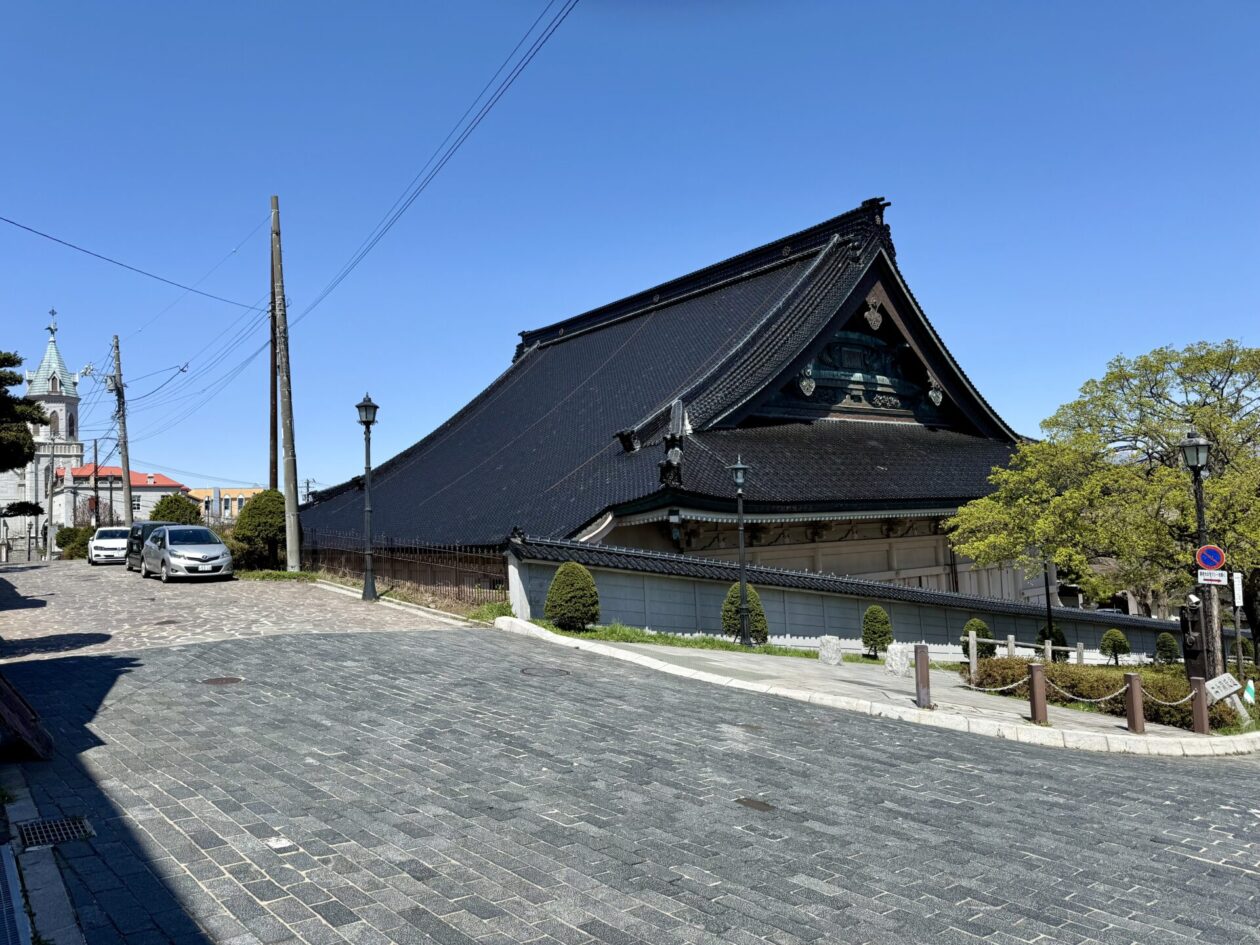
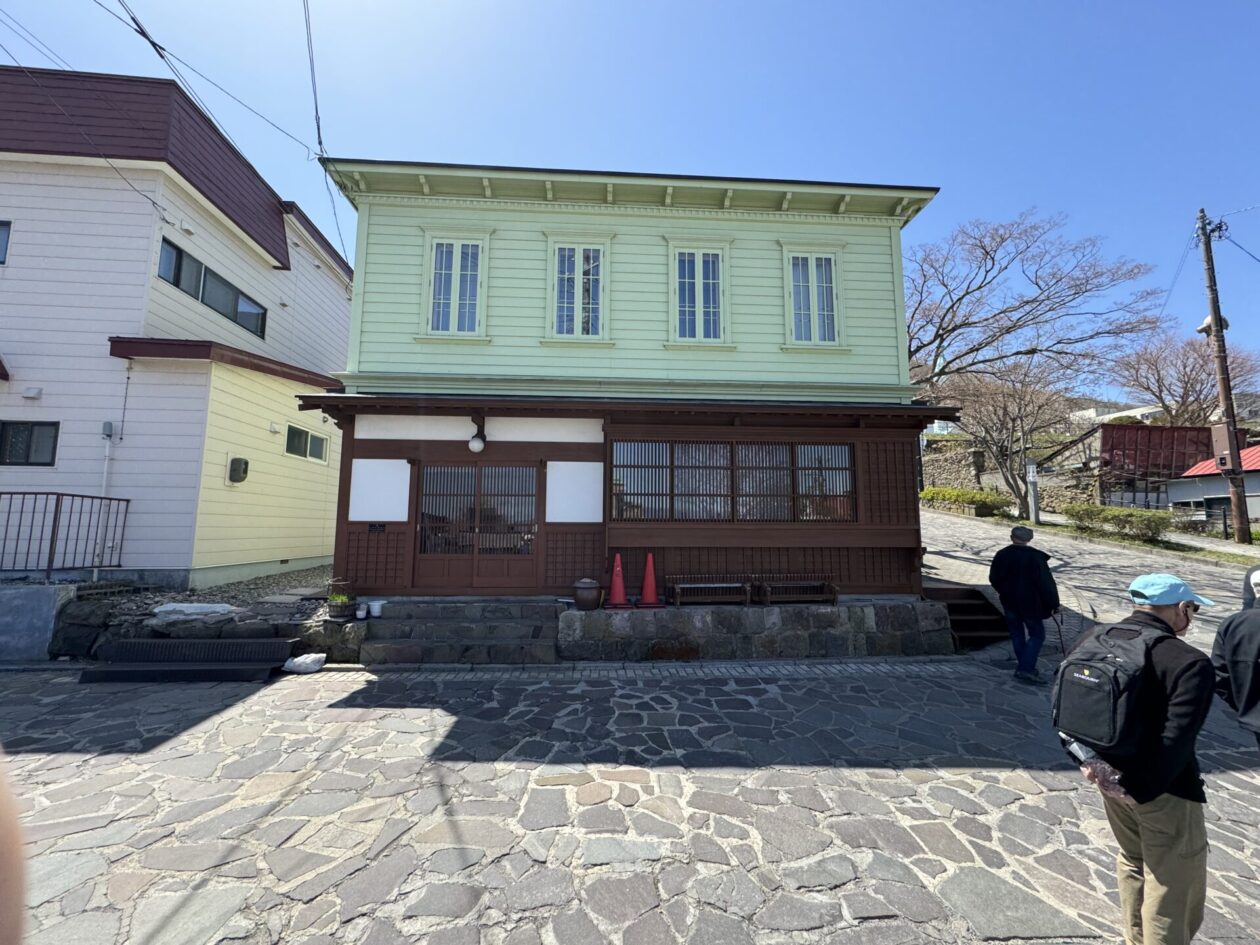
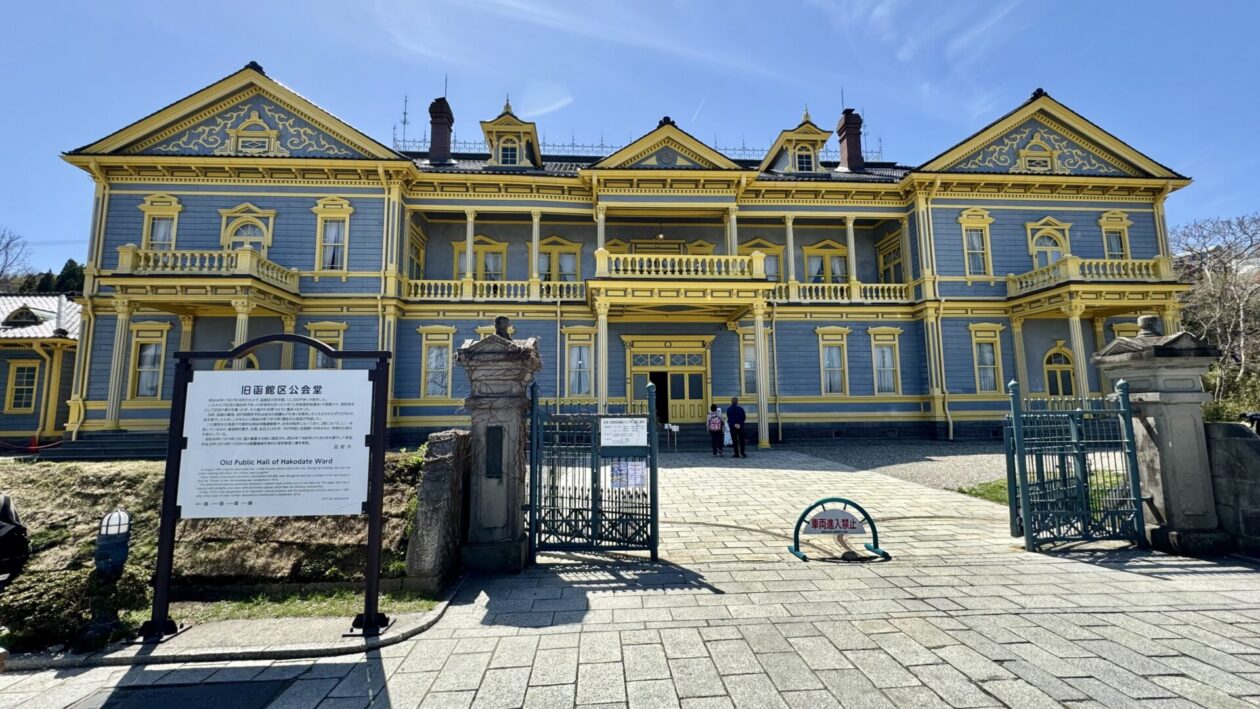
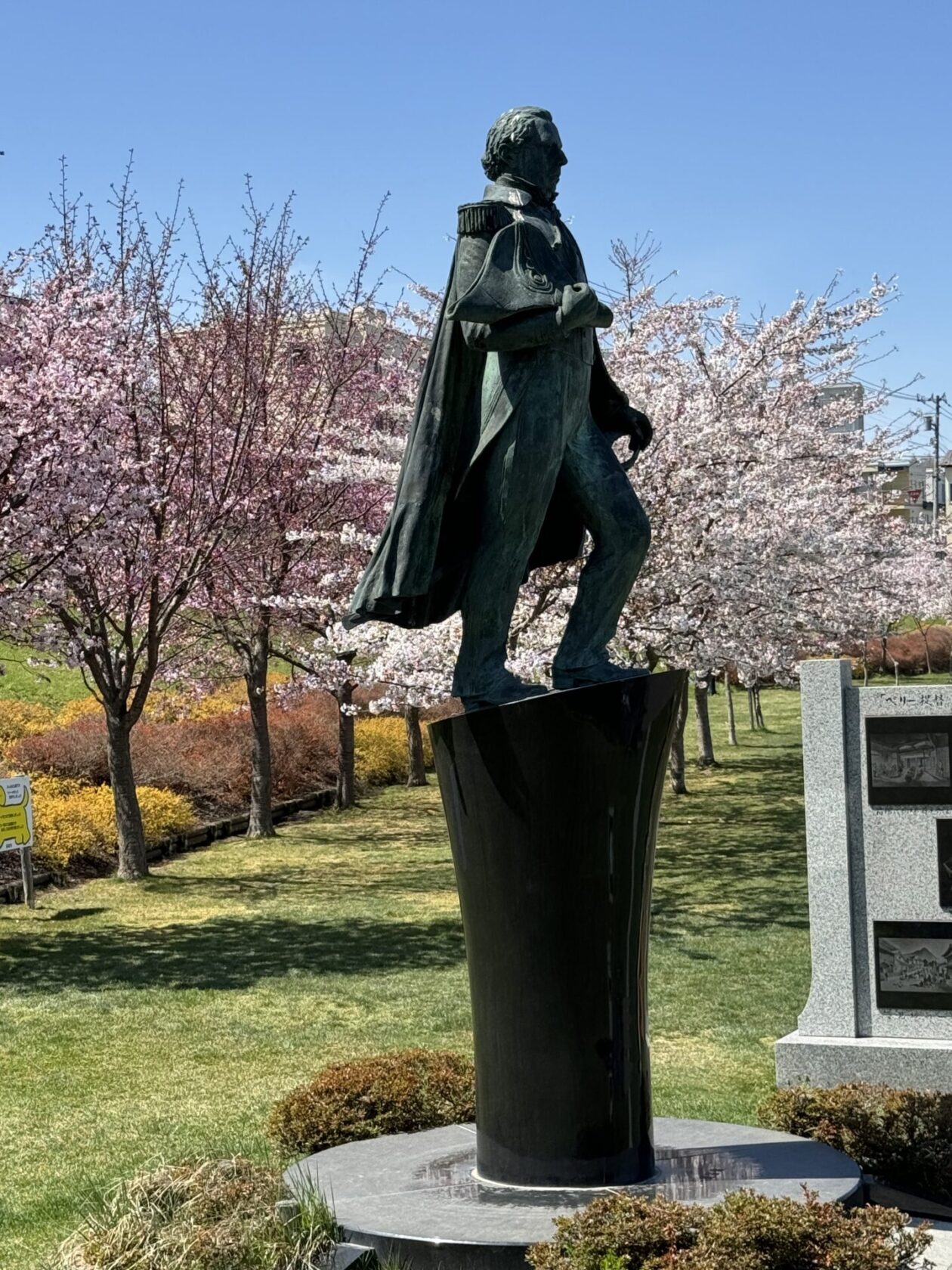
From there, we walked down to the Kanemori Red Brick Warehouse, a waterfront commercial complex that hosts around 50 shops, restaurants, etc. There’s even a beer hall there! Originally built as warehouses for the port in 1909, they have been extensively renovated and now are a major attraction for the Hakodate waterfront. From there, we walked back to the ship.
Tomorrow, we will will head to Kushiro, our last stop in Japan — and, in fact, Asia!
This entry was posted in Cruising, Hakodate, Japan, Travel